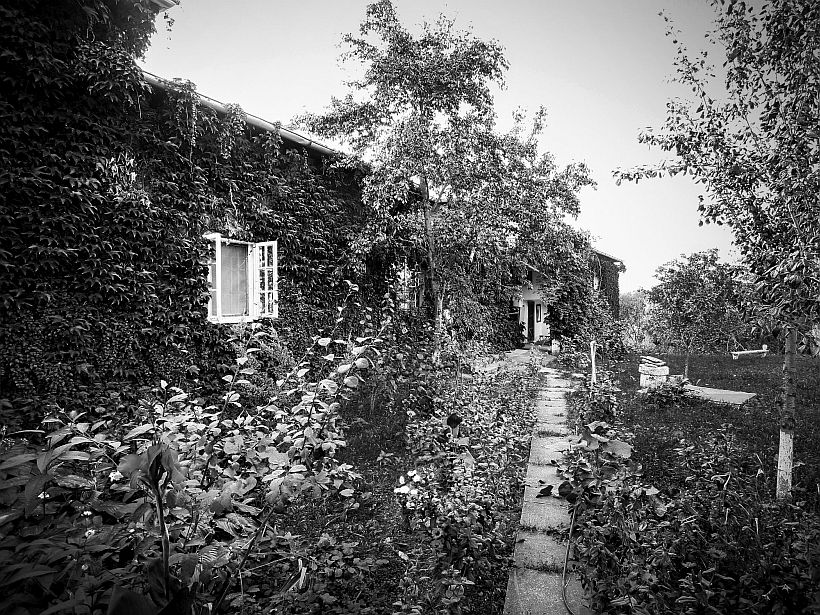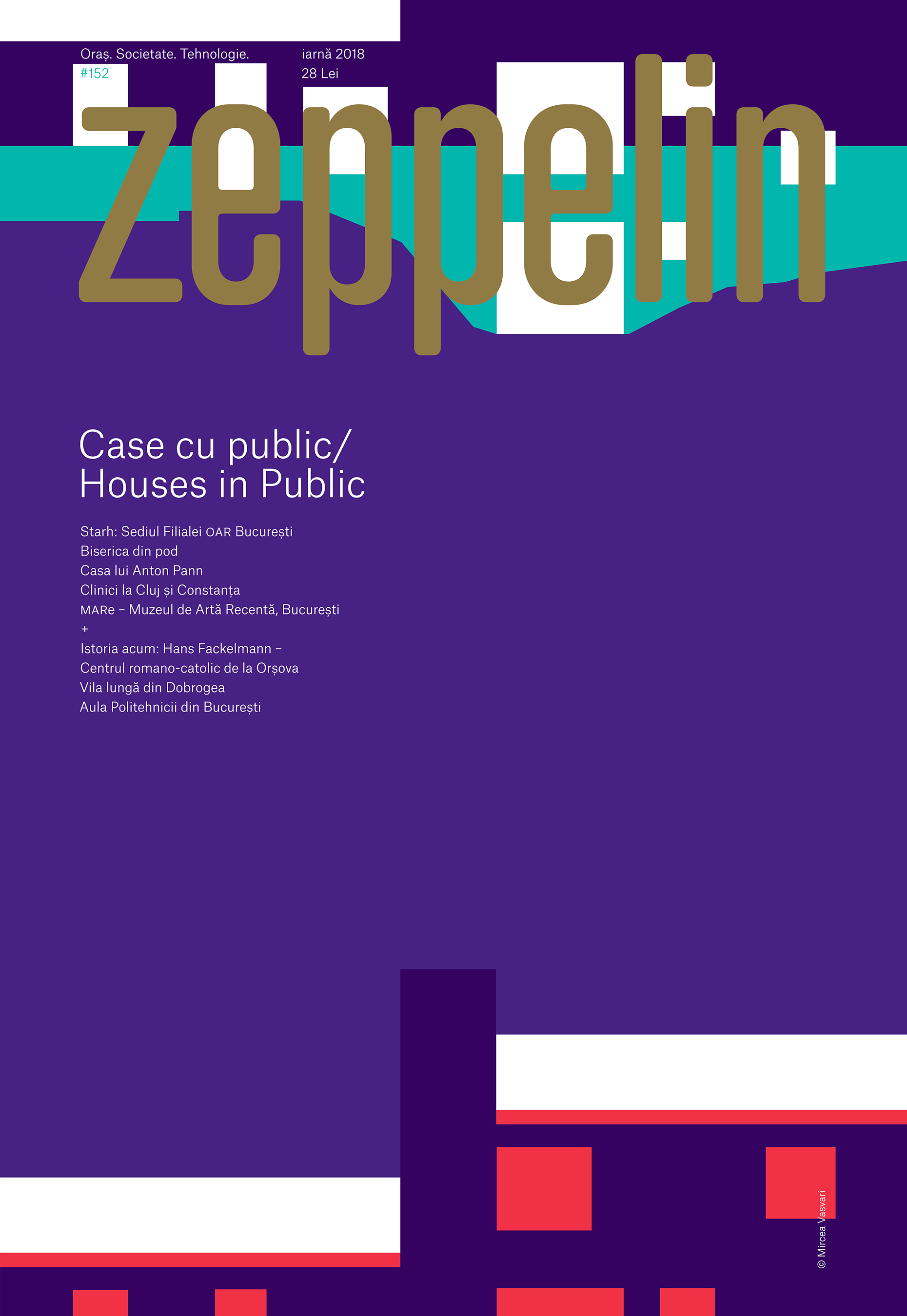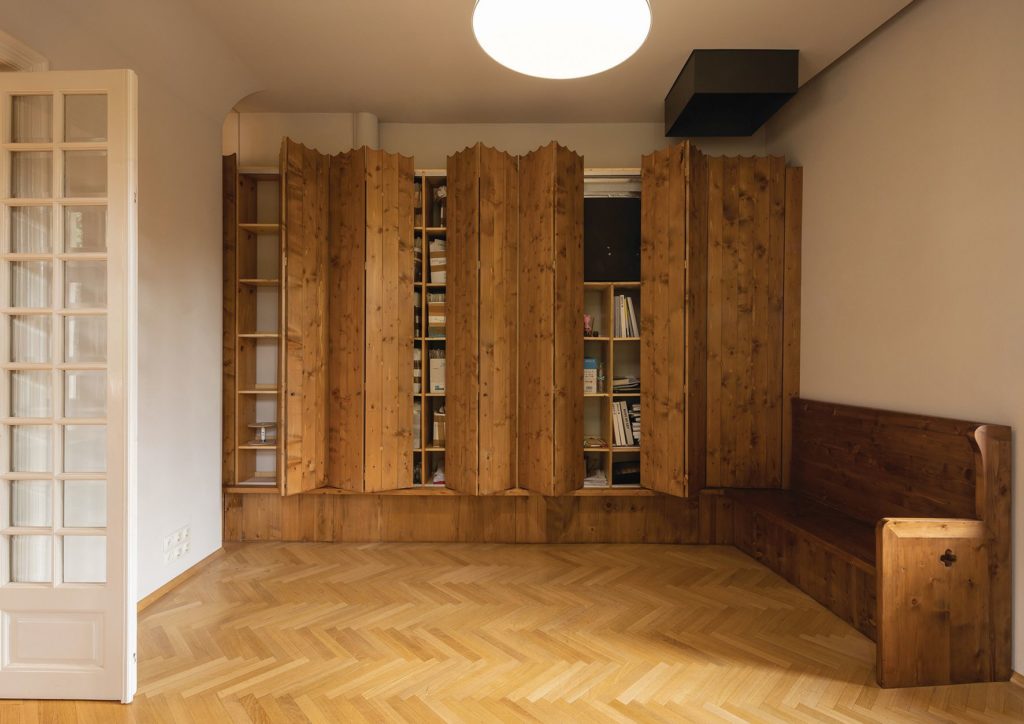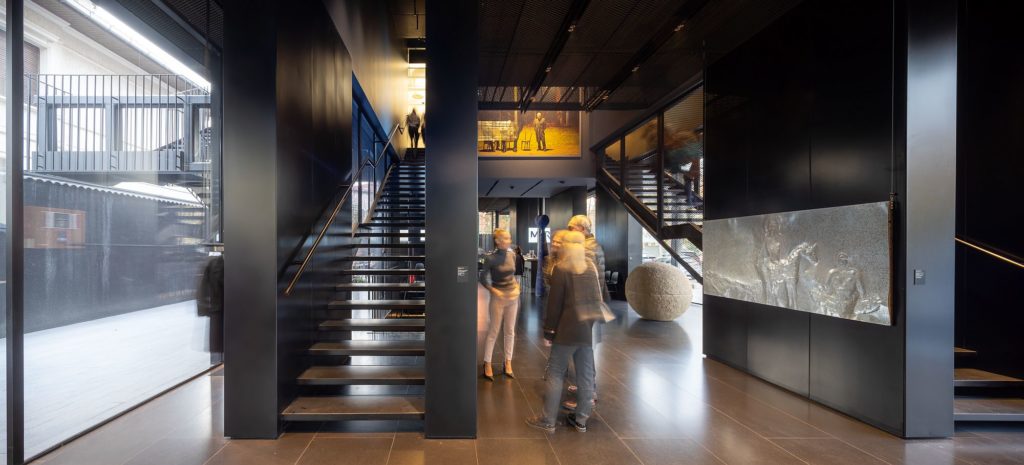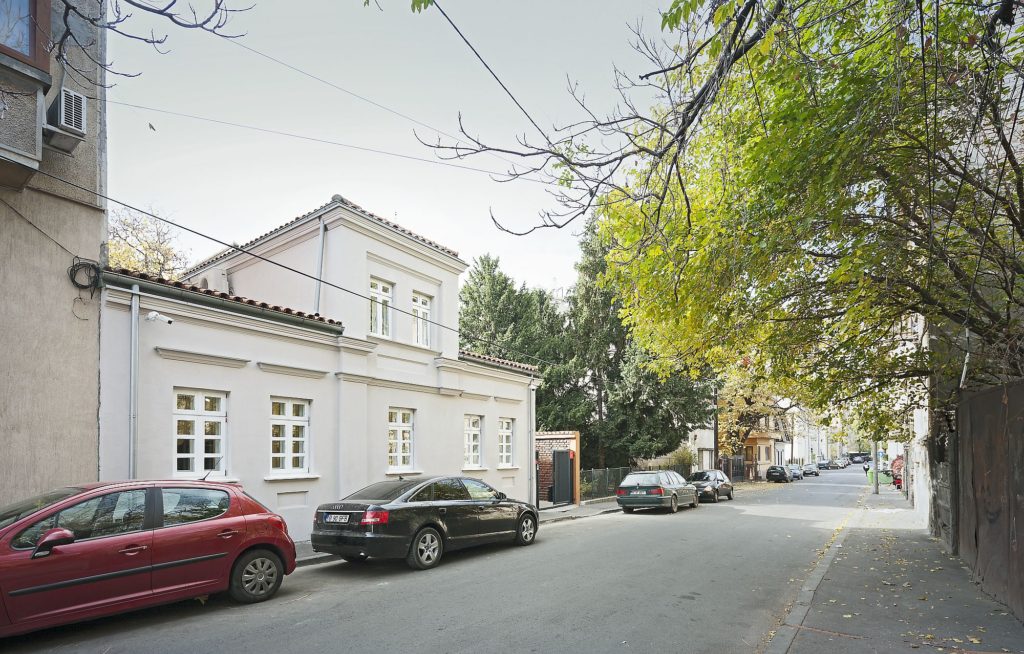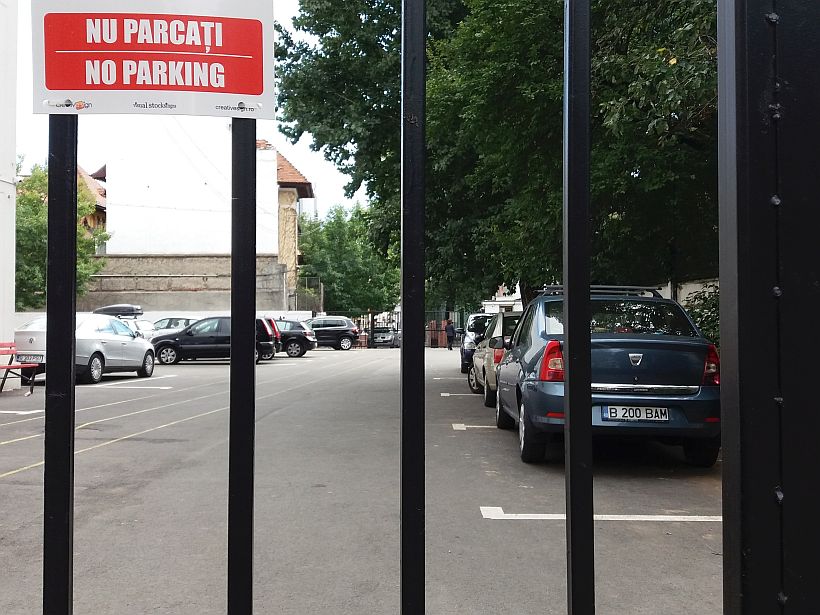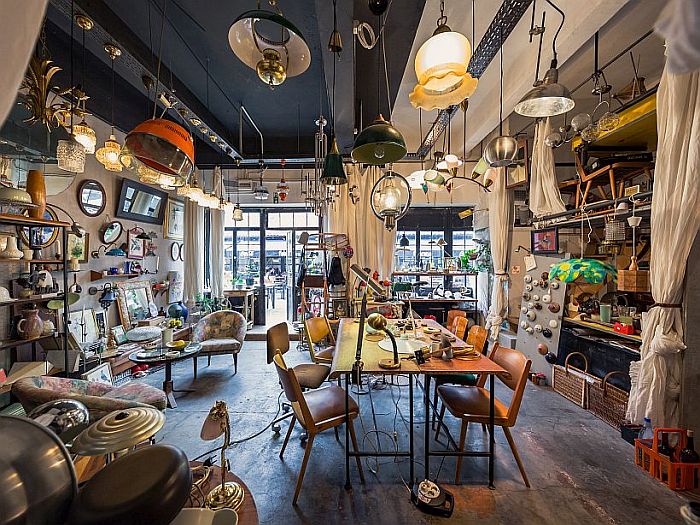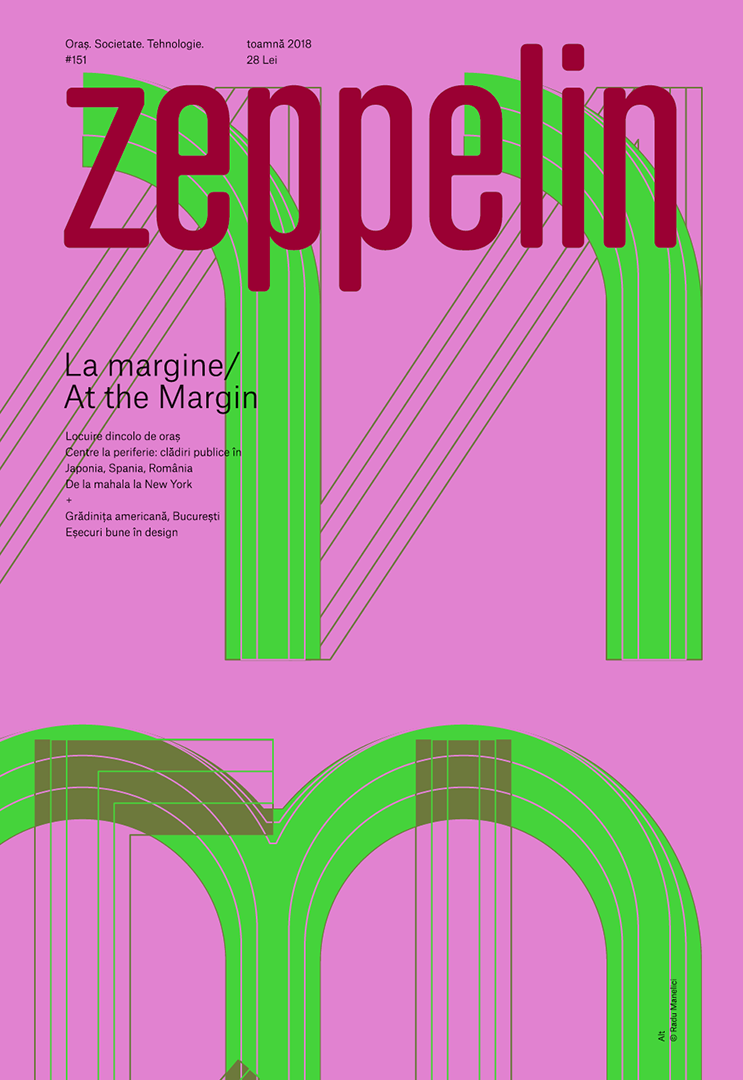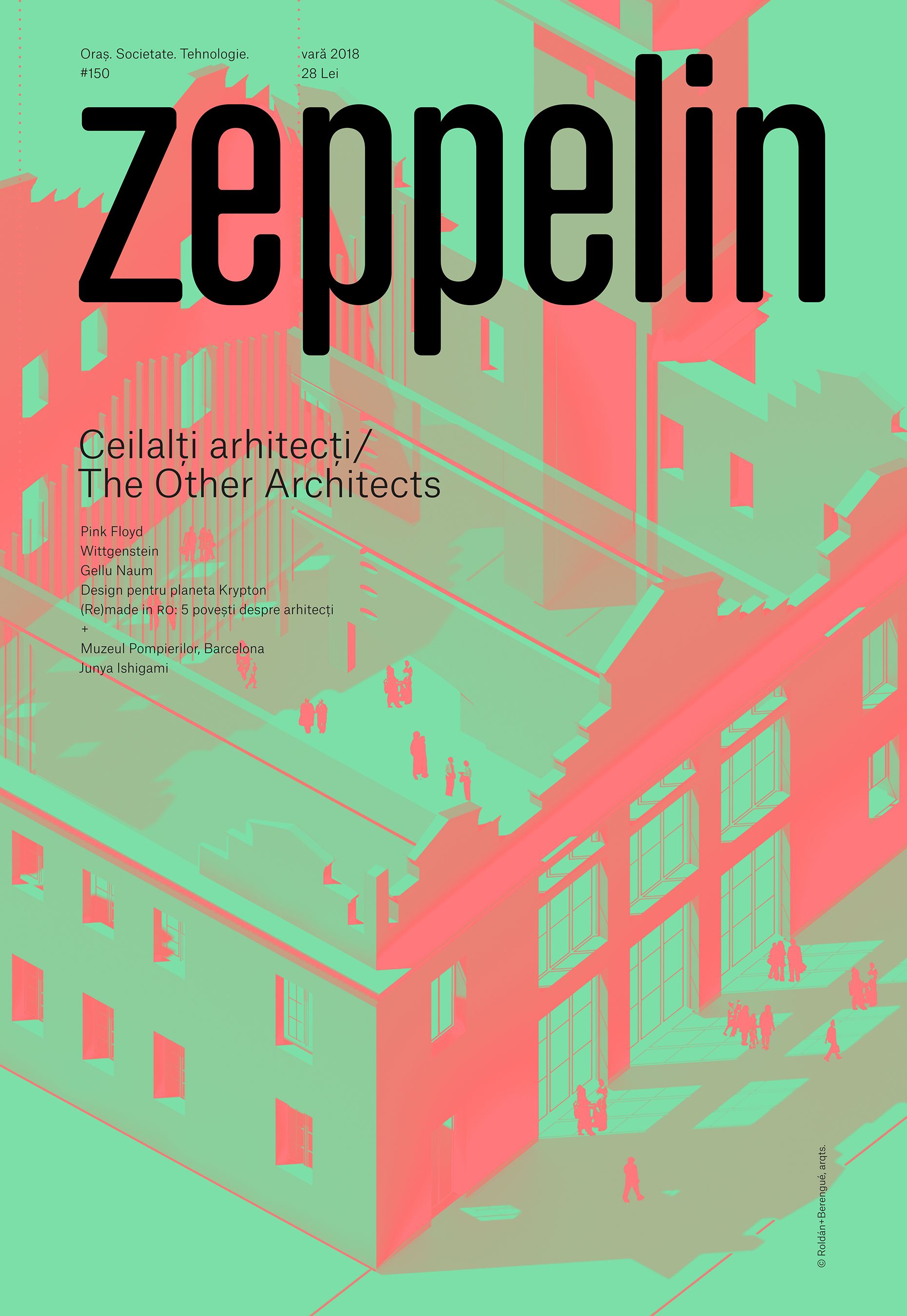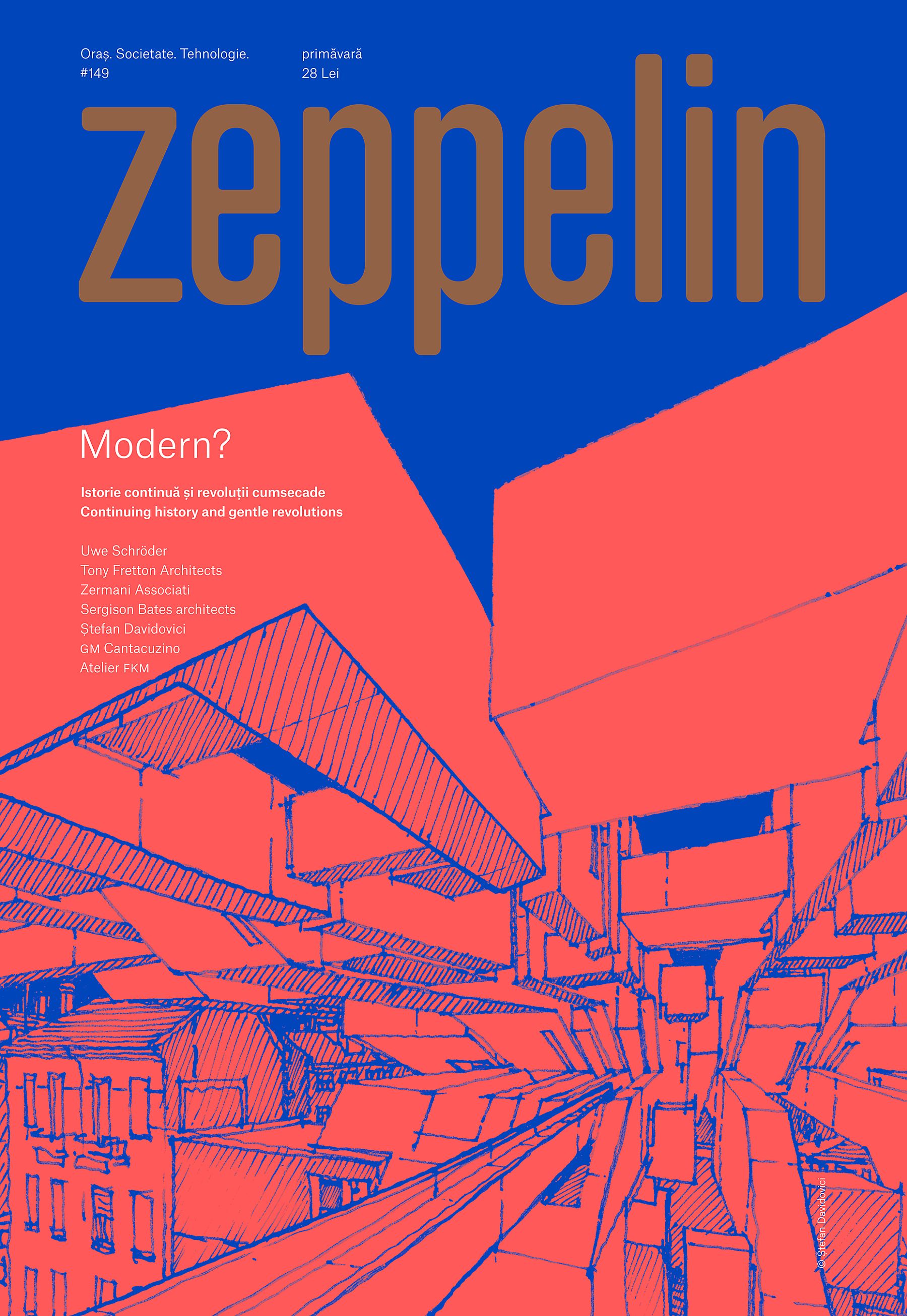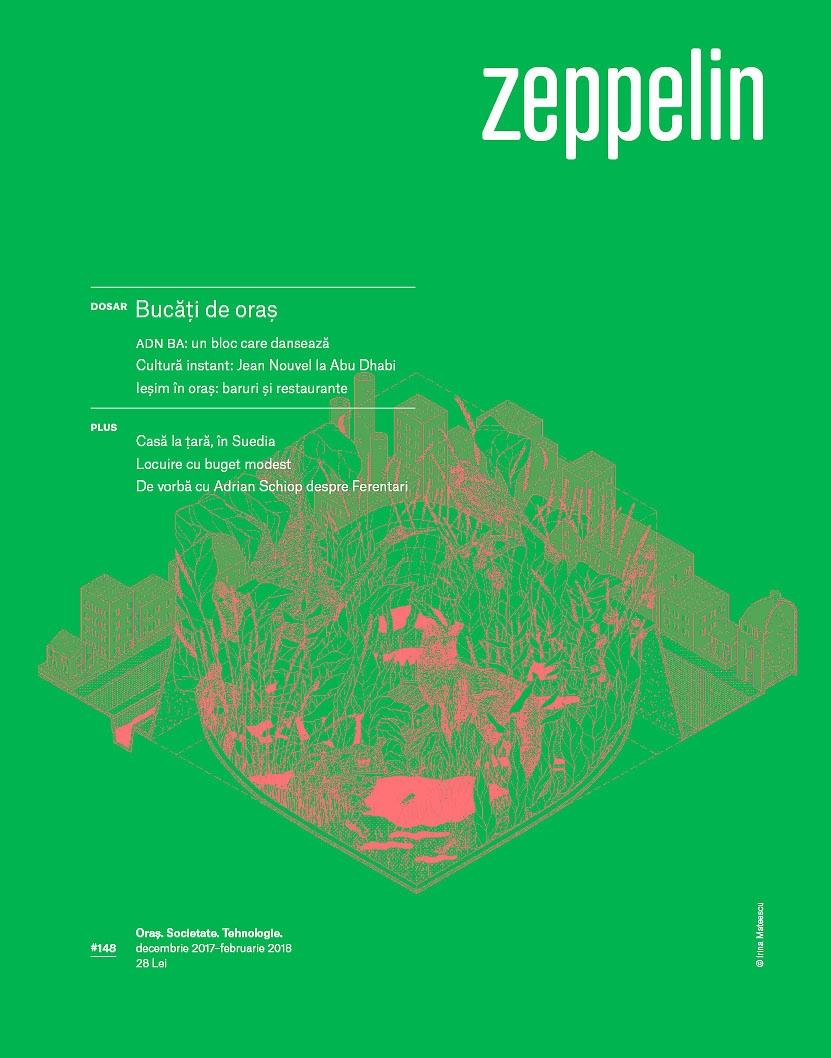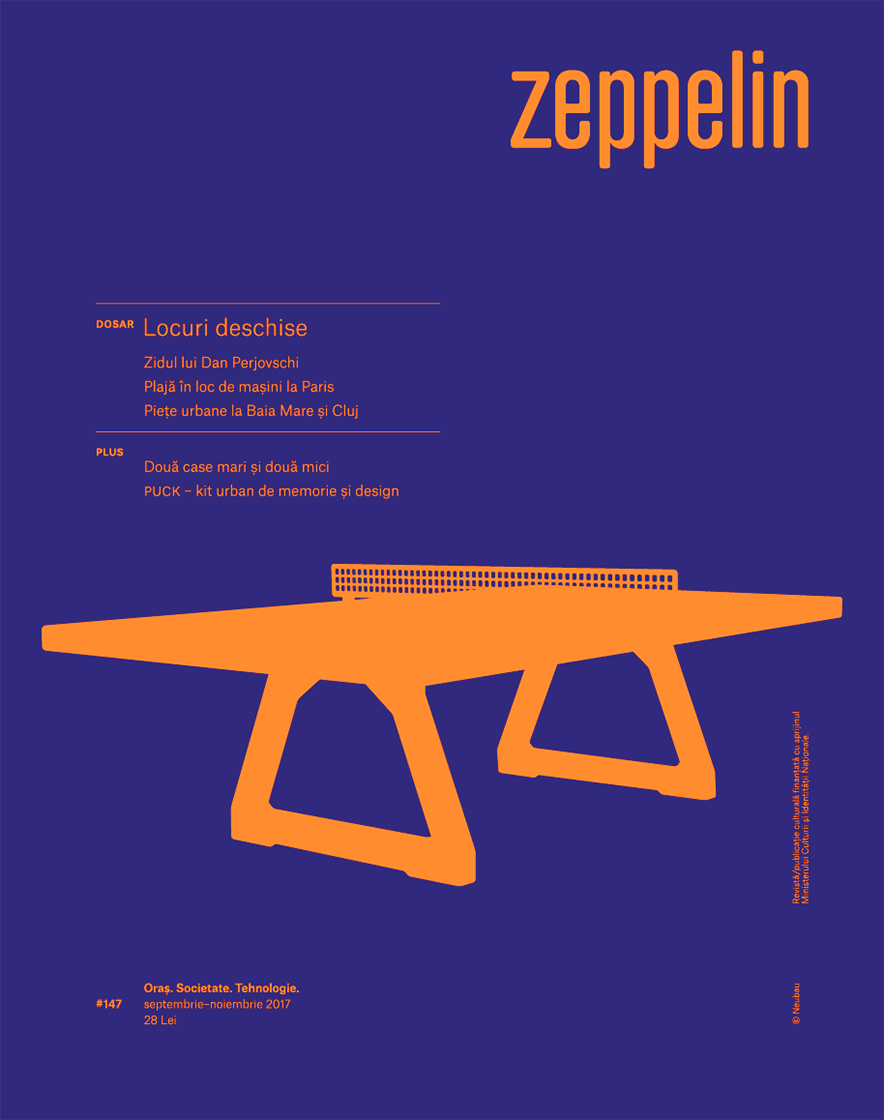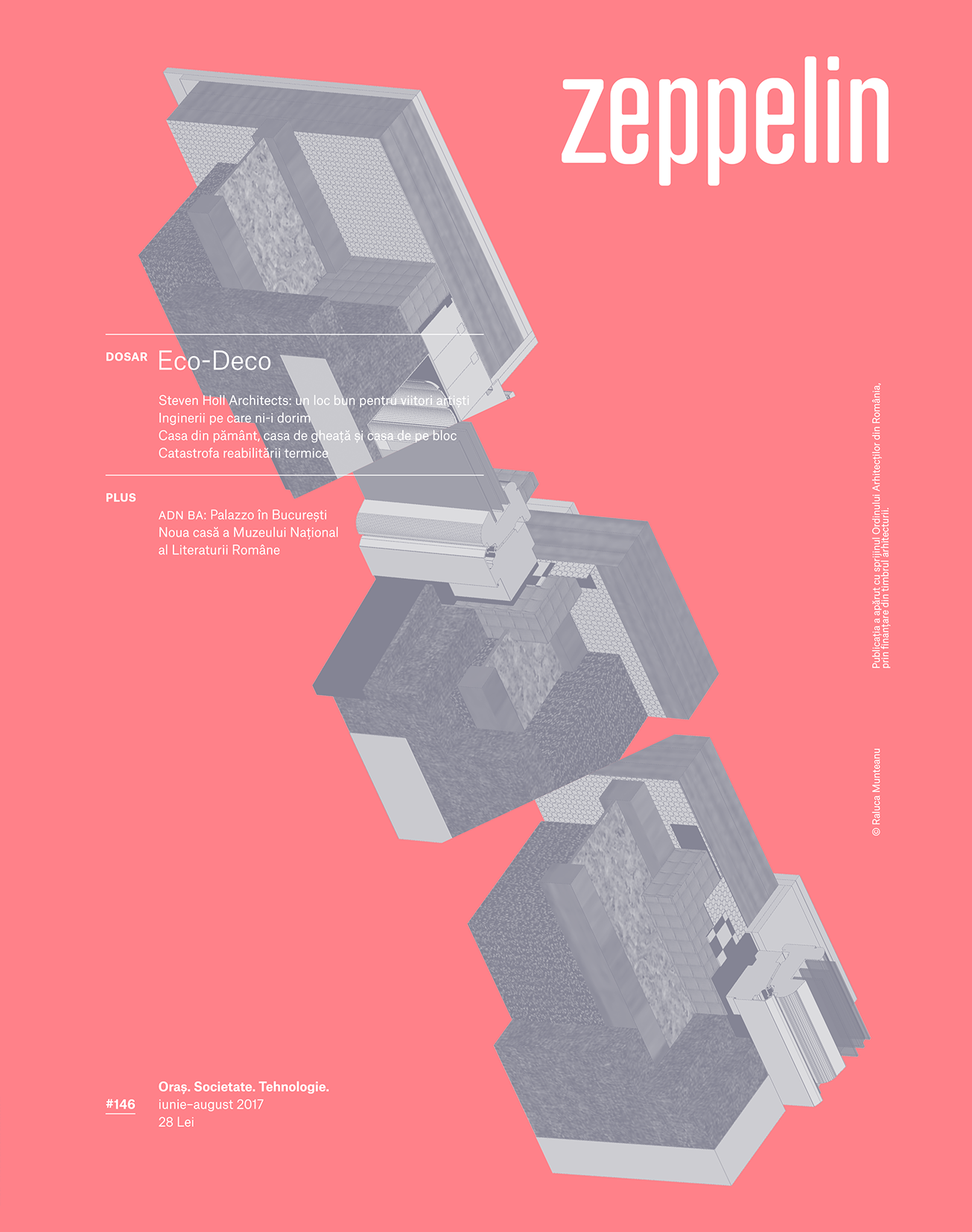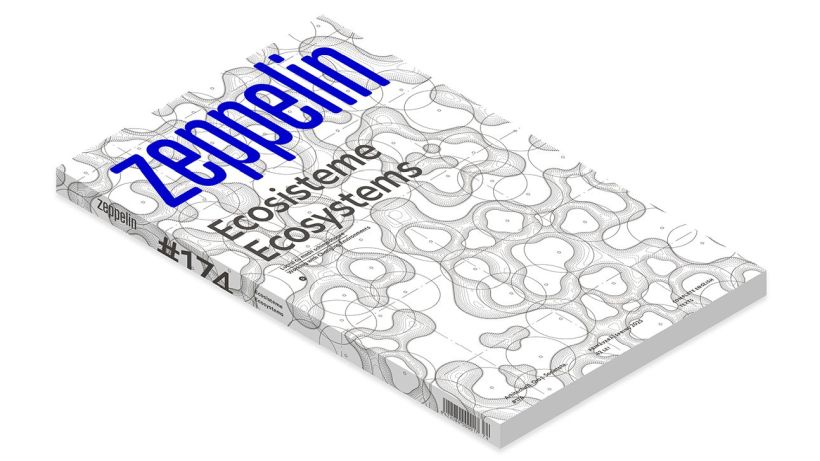Text: Mihai Duțescu
Foto: Andrei Mărgulescu, Mihai Duțescu
Plans: survey by the students of the atelier of Prof. Mircea Ochinciuc, 3rd year, Ion Mincu University, Bucharest, 2009-2010; assistants: Melania Dulămea, Mihia Duțescu, Adrian Moleavin
- Recommend on FacebookTweet about it
Edito: Cars over School
Text & photo: Ștefan Ghenciulescu18. Dossier:
Houses with Public14. Intro
Text: Ştefan Ghenciulescu18.The Headquarters of the OAR Bucharest Branch
44. (Also) Facing the Canal
Medical clinic in Cluj58. The Good Compromise
Medeuropa Clinic, Constanţa72. Our Lord in the Attic
The hidden church of Amsterdam82. The Museum of Recent Art
Black House in Uptown BucharestText: Ştefan Ghenciulescu
The recently-inaugurated Museum of Recent Art has aroused much enthusiasm, and, one needs to say, also many controversies. This is a private museum, modest in size, but with strong ambitions, including architectural ones. The ‘recent’ part first refers to the collection’s temporal coverage: Romanian art, since the post-Stalinist period until today. International art is however also present, mainly through temporary exhibitions. The museum is much more open and accessible than most old-type museums in Romania, and includes a library, as well as other spaces for culture and the city.
96. Visiting a Clever, Cheerful Man. The “Anton Pann” Memorial House in Bucharest
Proiect: Zeppelin
Text: Constantin GoageaOld Bucharest remains visible to this day in the irregularity of many streets and in the architectural typology of some houses. Next to the Stelian-Lucaci church, somewhere close to Calea Călărași, there lies one of those pieces of town where one can still find, in the path of streets and property limits, the 19th-century specific urban model: small houses, showing off plaster decorations, not aligned to the street, built on garden plots, whose green can be seen from the pavement, reminiscent of what used to be the old neighbrorhoods, namely a mixture of countryside and town.
Anton Pann’s house in the Lucaci parish, that we are speaking of, on the street which now bears his name (it used to be Bull’s Street), is a small and simple house itself, modestly decorated, with an intimate courtyard; yet different from the neighbouring ones, as Anton Pann would move his printing shop here, a rather improvised one, but in which he managed to print his most important works.
108. Apartment Parties
Before and (a little) after 1989114. ZOOM
116. Cultural Centre and Auditorium
The Politehnica University, Bucharest134. AIRBNB Dwelling in a Rationalist Block of Flats, Bucharest
138. Closed and Quiet
P31. House, Moșniţa Nouă
146. Roman Catholic Parish, Orșova, 1976
Architect Hans Fackelmann, sculptor Péter Jecza, painter Gabriel Popa164. The Long House of Crucea
178. Bucharest‑South
The Other City. Places and Stories from Bucharest‑South198 – 224: PLANS
- Recommend on FacebookTweet about it
Text & photos by Ștefan Ghenciulescu
Let’s say you have an overcrowded school (grades 1 to 12), with limited space for games and sports in two small schoolyards. How do you go about it? Easy: You convert the front schoolyard into a teachers’ parking lot. And you do it properly, neatly marking the parking places with paint. The children can go on playing there, you don’t forbid it, but they will have to adapt their games, squeezing between the cars.
- Recommend on FacebookTweet about it
Laura Paraschiv is an architect. She collects objects and cultivates them in Circa 1703-3701 (Precinct 1703-3701), the place in Bucharest where you can find unique pieces of design from all ages.
Report: Dorothee Hasnas
Photo: Cătălin Georgescu, Ioana Pârvan- Recommend on FacebookTweet about it
14. Edito: How many citizens per square metre?
Text: Cosmina Goagea18. DOSSIER: At the Margin
20. Intro
Consolidation, acupuncture, experiment
Text: Ștefan Ghenciulescu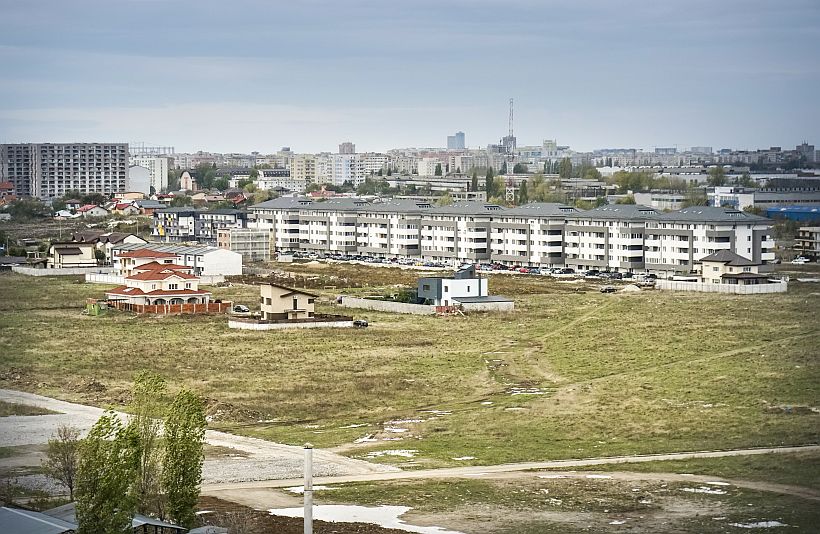
28. 3rd Generation Infrastructure
Michi no eki—Roadside Station and community building in Mashiko, Japan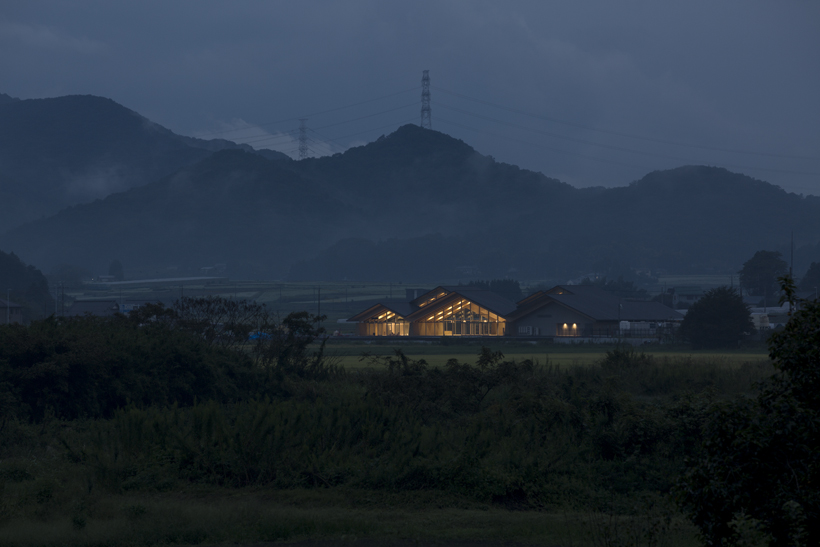
44. Consolidating the Margin
Protected workshops in the former mess hall of the Technical School of Aviation, Mediaș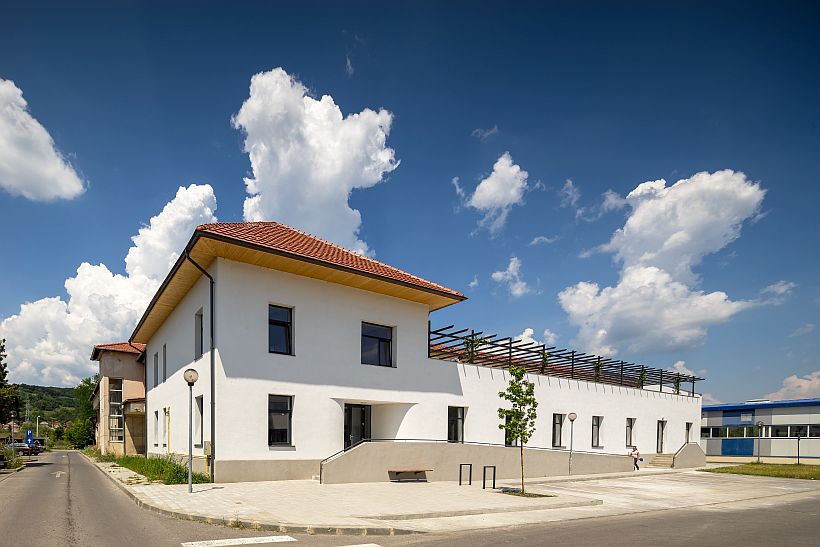
56. The Barn for All
The riding stables of Sânsimion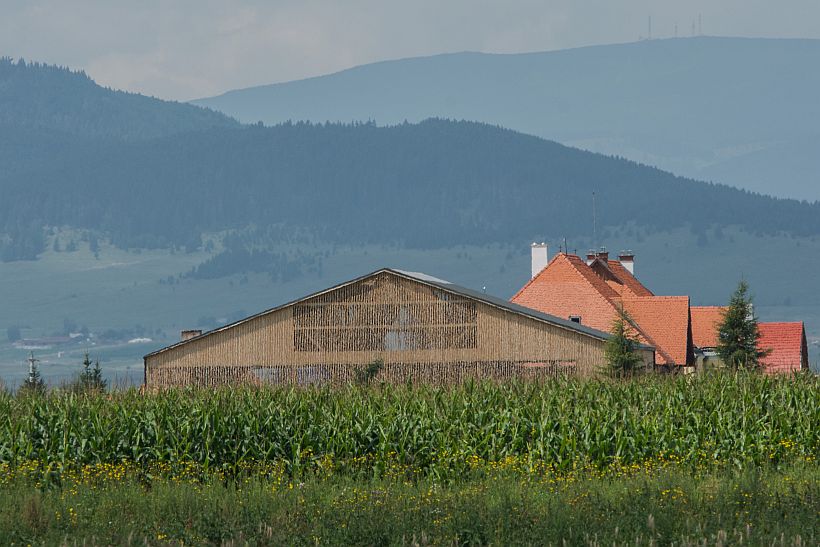
72. Positive‑Negative
Zumárraga Interpretation Center for La Antigua Chapel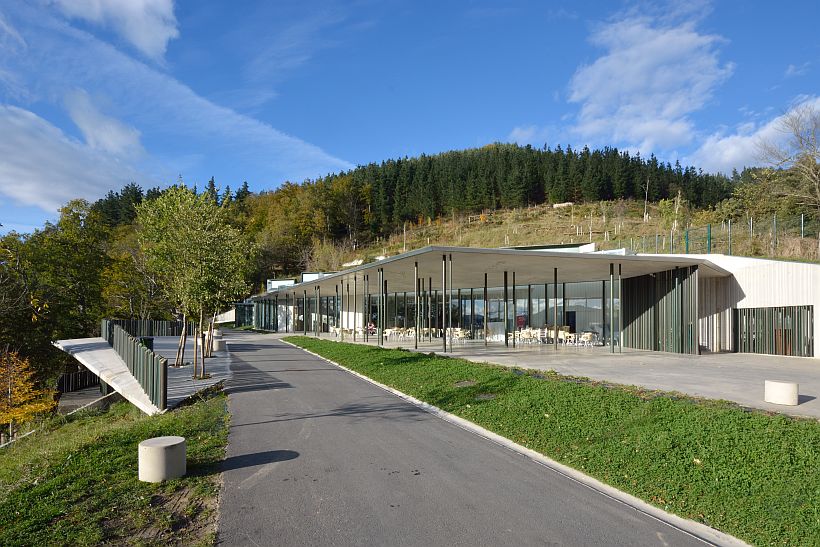
85. Interview with Bogdan Pandele, real estate developer in Bucharest
88. Republic of Architects
Interventions and discussions about living in the periphery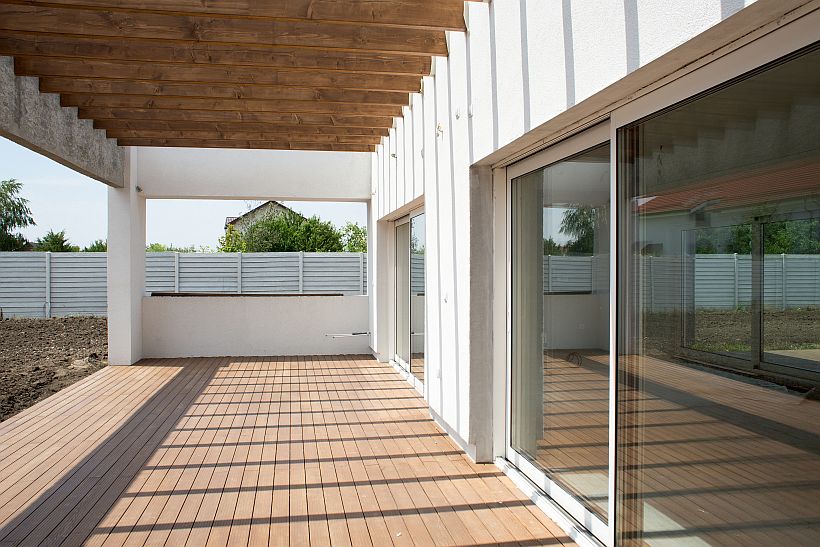
98. Densifying the Margins
Patio house, Bucureștii Noi neighborhood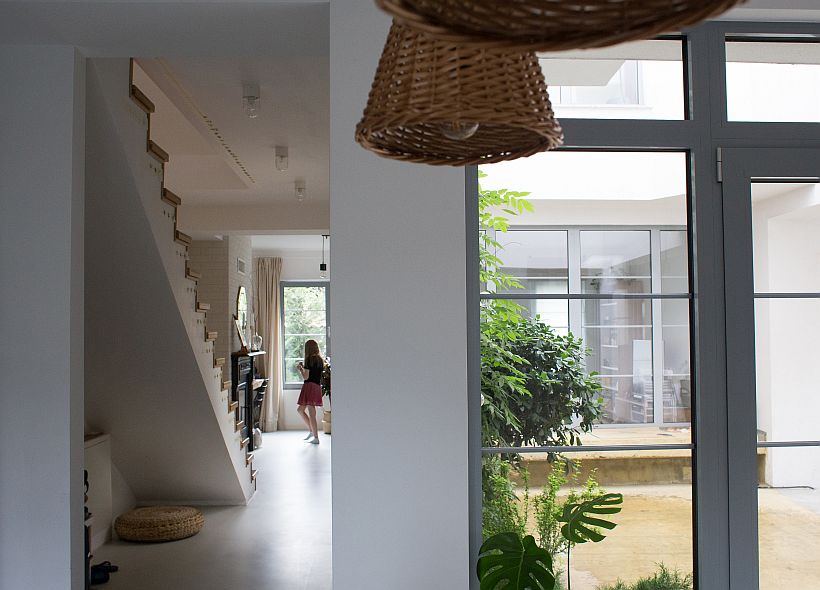
104. In the Countryside, Now
Dwelling in the Ordoreanu village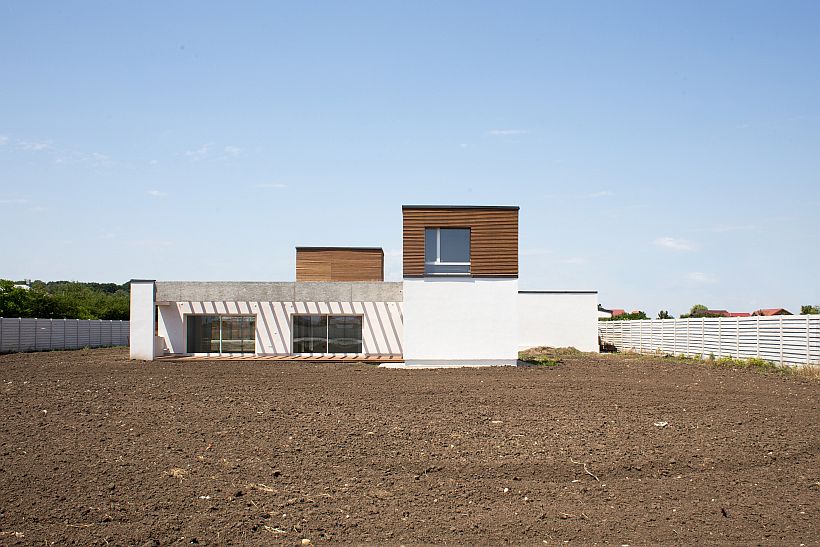
108. Urbanity at the Periphery
Individual housing development, Voluntari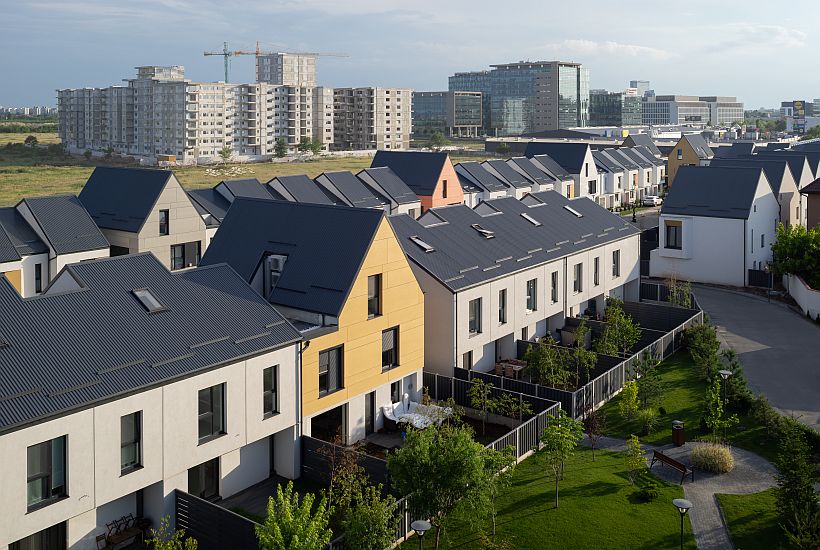
122. Gated communities at the periphery of Bucharest. A domestic landscape
Text: Andreea Matache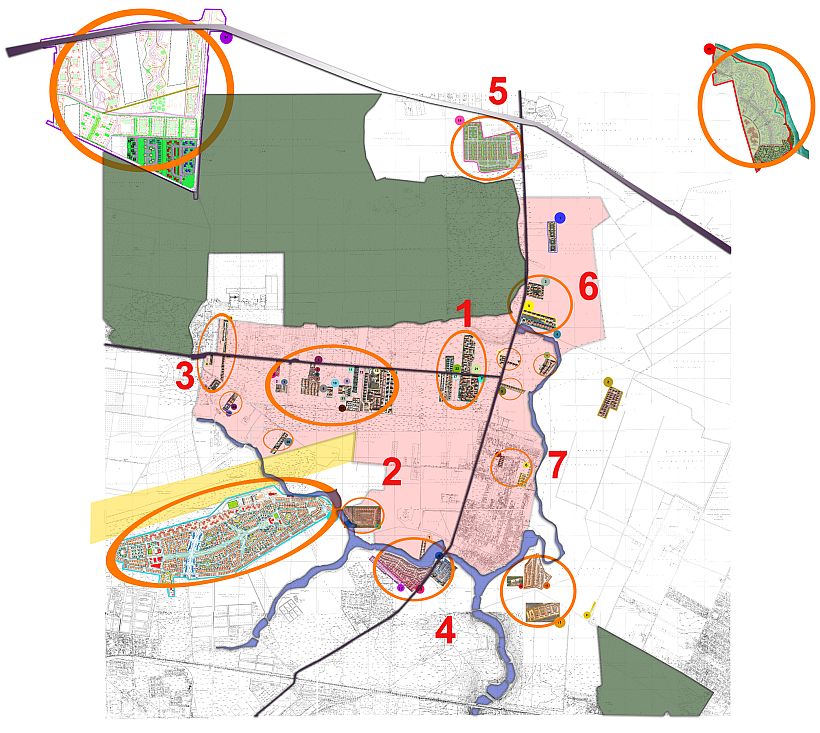
130. South of South
A look beyond the Bucharest beltway
Text: Mihai Duţescu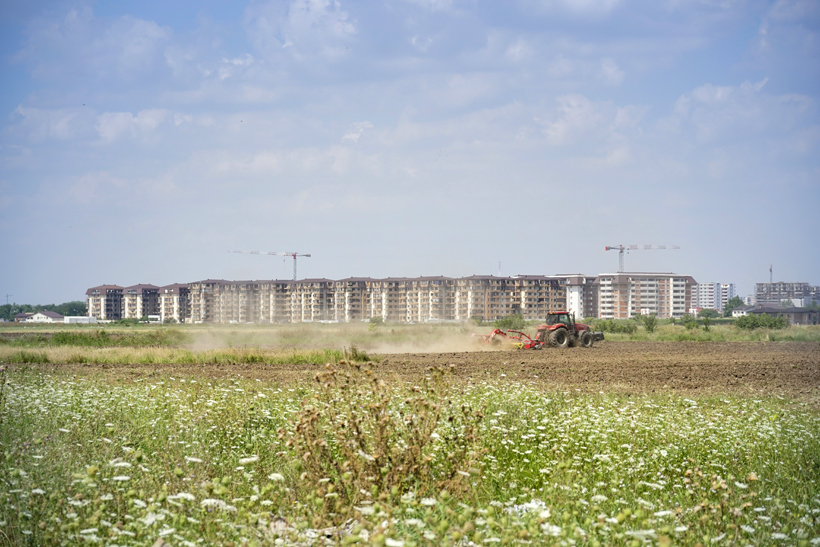
140. Urbanizing the Periphery
Mahalas, suburbs and 1811 New York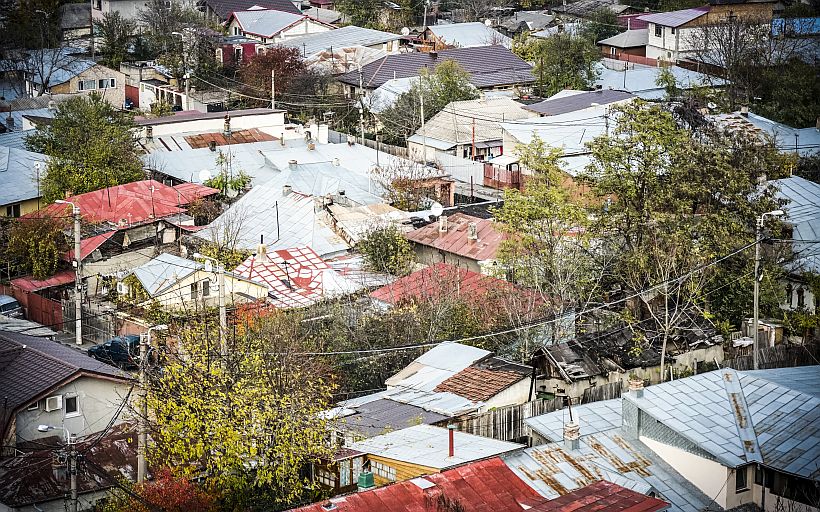
154. So That It Holds
Text: Cosmin O. Gălăţianu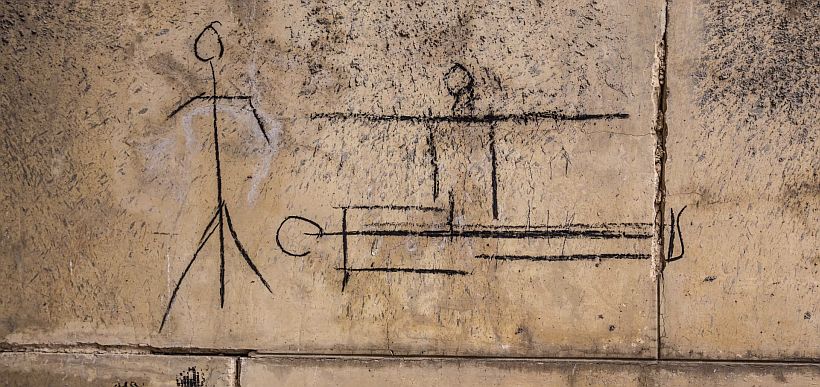
158. Meșteshukar Butiq
From craft to modern design and back
Text: Dorothee Hasnas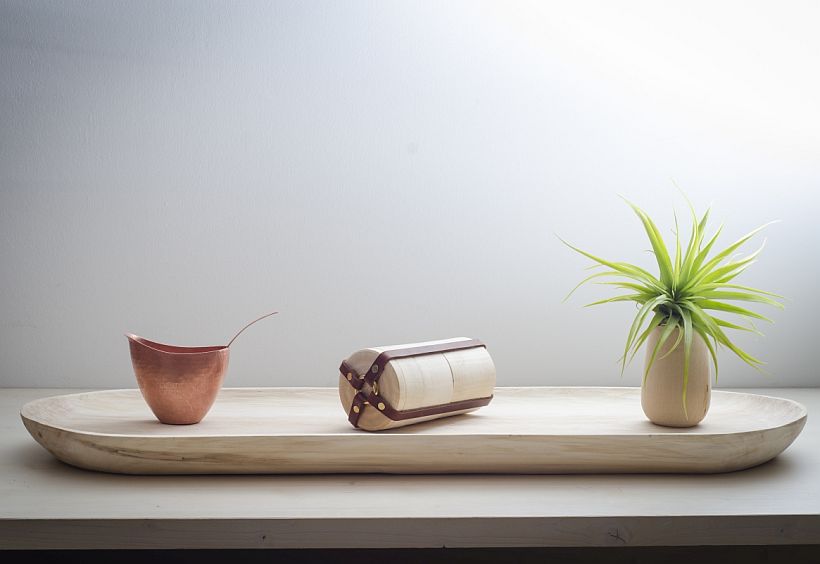
166. ZOOM
168. Play Taken Seriously
The American Kindergarten, Bucharest
Text: Andrei Mărgulescu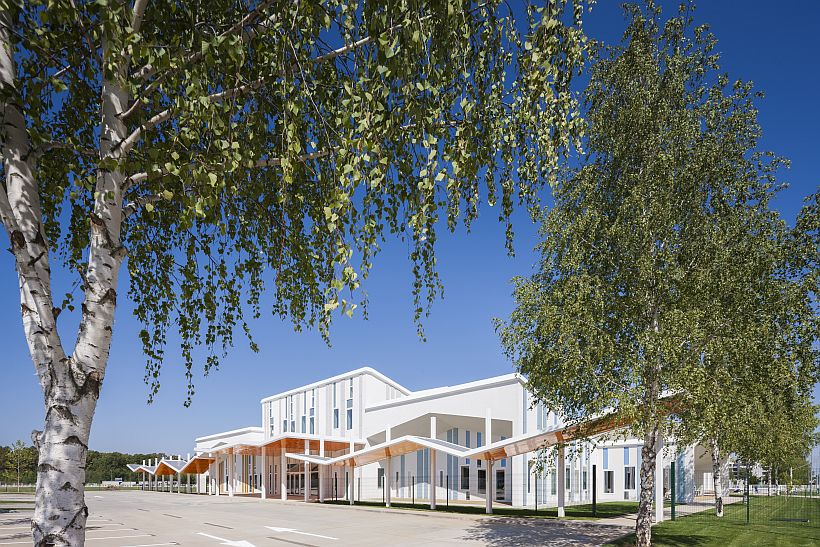
180. Attempts, Failures, Trials and Errors
An attempt at design reconstruction
Text: Ioana Popescu & Tincuţa Heinzel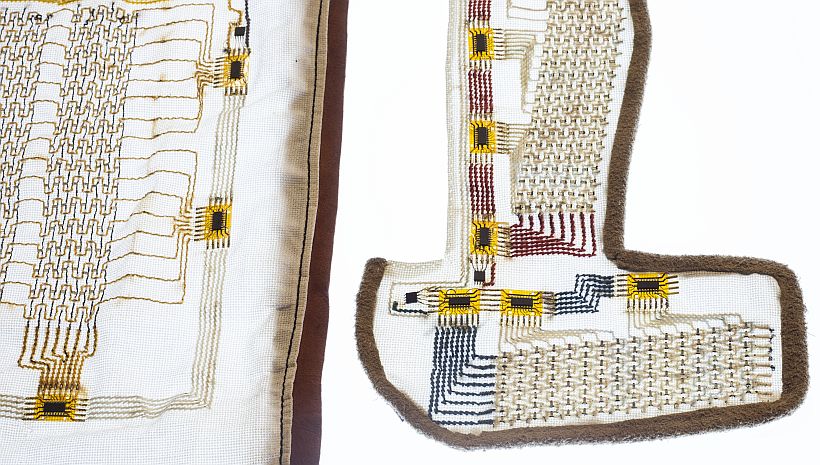
188. Interview with Josep Congost, Design director at Roca Design Center & Innovation Lab
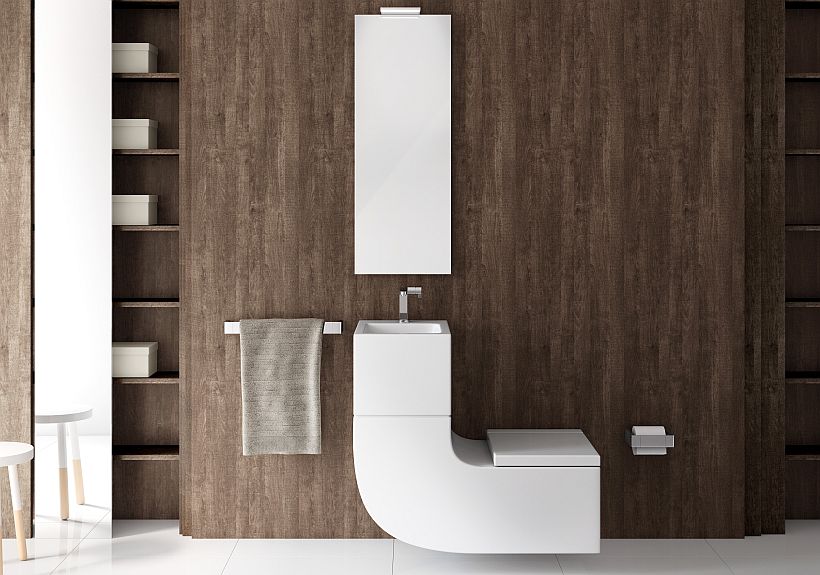
192. Alt
A Raw typeface
Text: Radu Manelici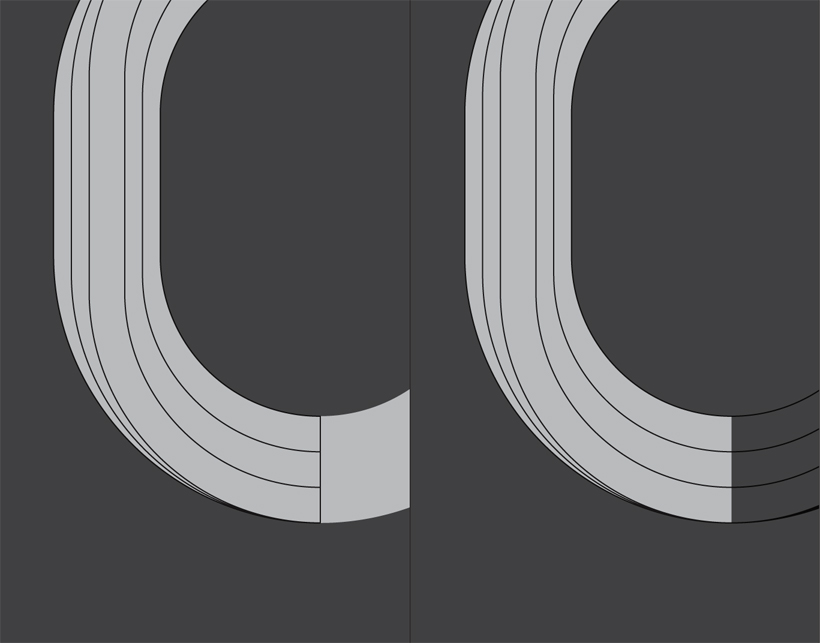
198 – 224. PLAN
A collection of plans- Recommend on FacebookTweet about it
8. Edito: What is a pink hippopomingo?
Text: Mugur Grosu10. DOSSIER: The Other Architects
18. Intro
The Other Architects: The Not‑Only‑Architects and the Non‑architects Who Make Architecture
Text: Ștefan Ghenciulescu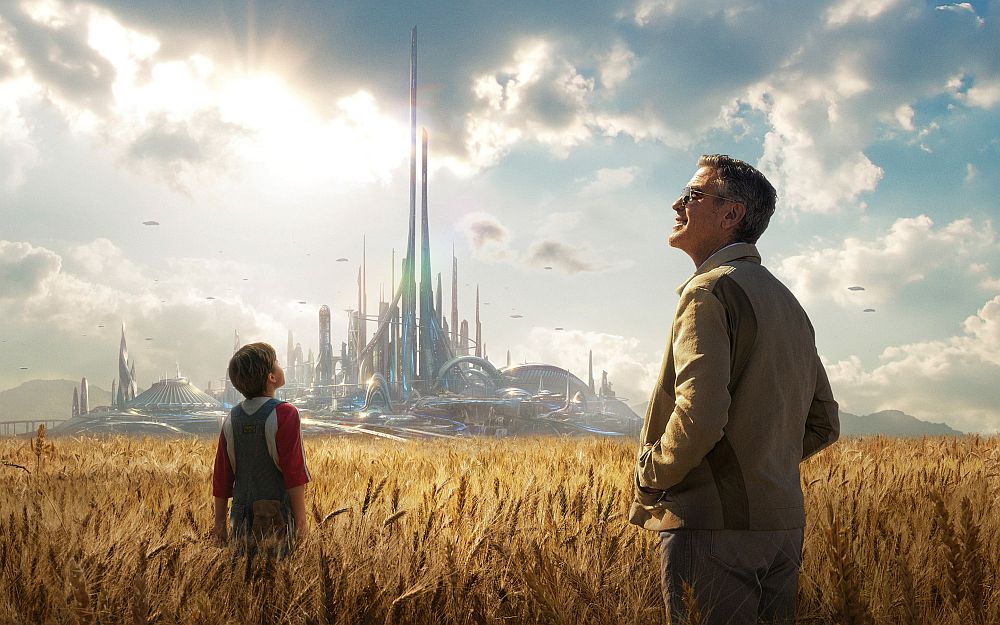
26. Architects of Dreams
Around the Pink Floyd. Their Mortal Remains exhibition
Text: Ștefan Ghenciulescu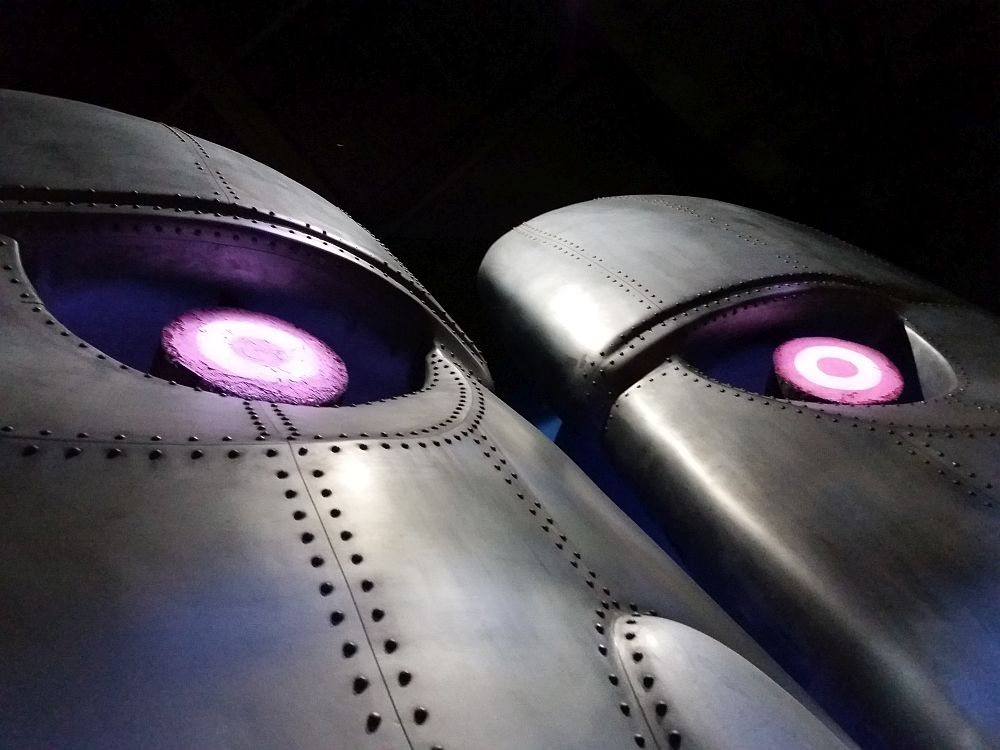
34. Vlad Bina: Design for a Virtual World. And then back
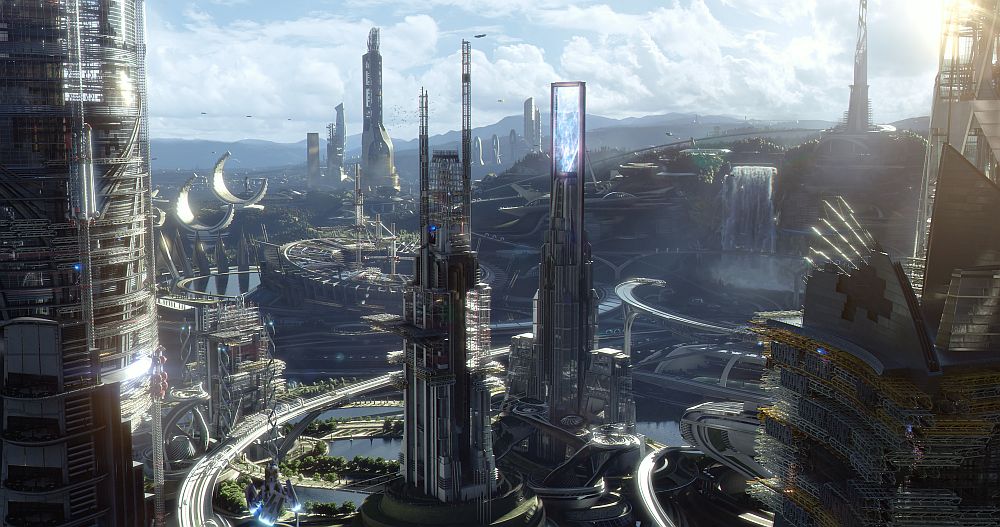
50. Laura Paraschiv. The Constant Gardener
REPORTER: Dorothee Hasnas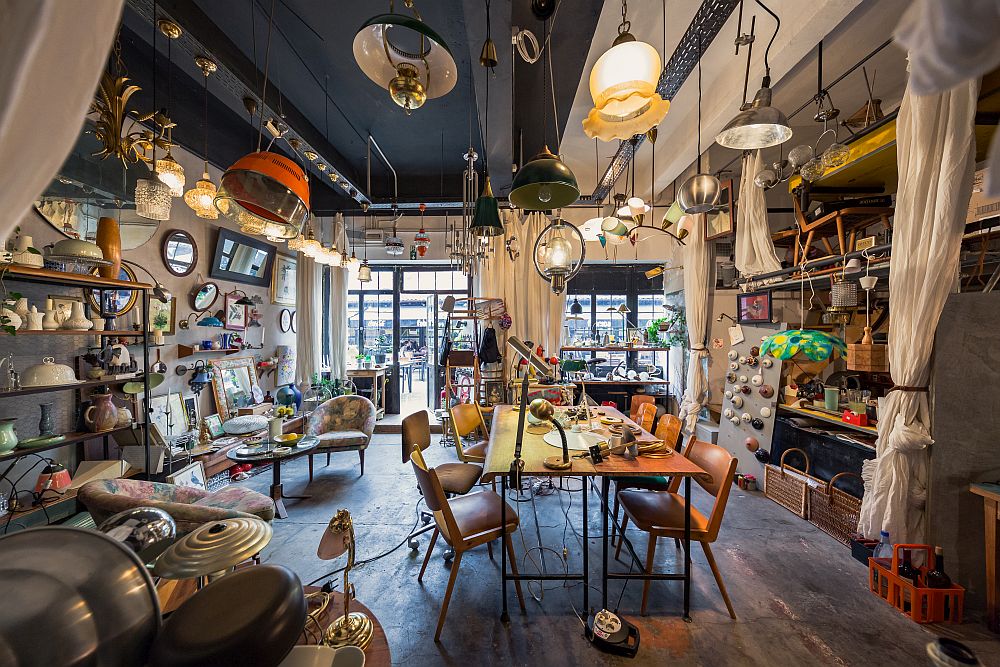
60. Alexandria, Pink Floyd, architecture, Bucharest, literature
Text: Mihai Duțescu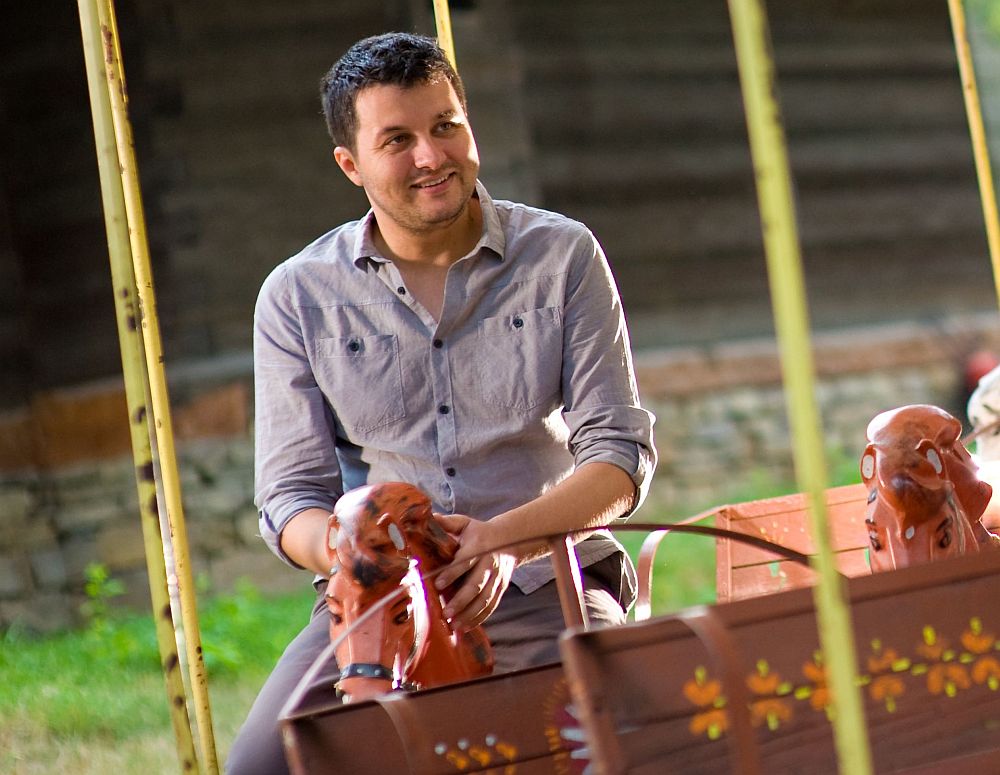
64. Jack‑of‑All‑Trades and the Right Price
A selfie with Dorothee Hasnas, architect and cultural manager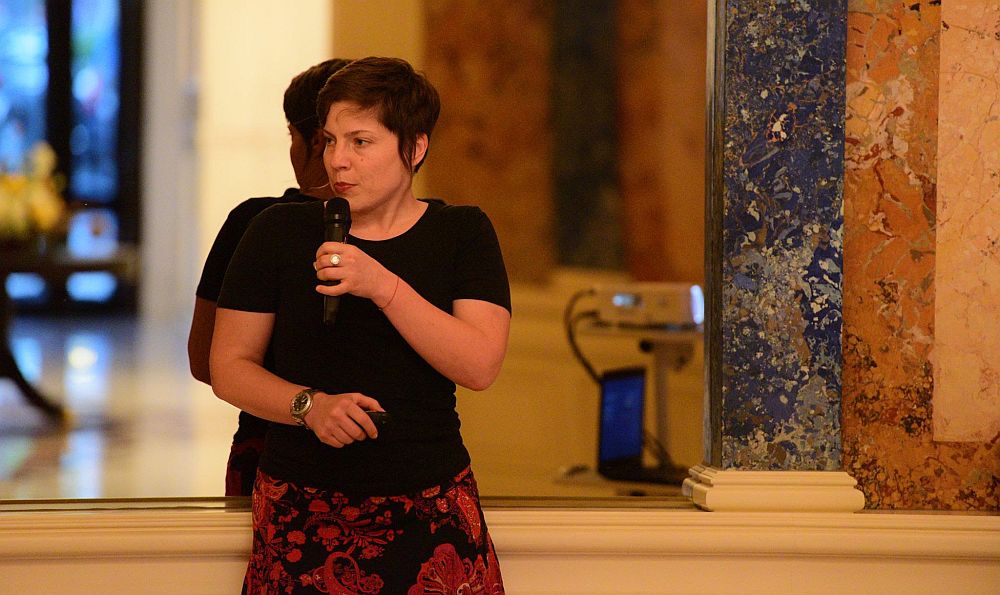
69. Mihai Coliban: Once an Architect, Always an Architect
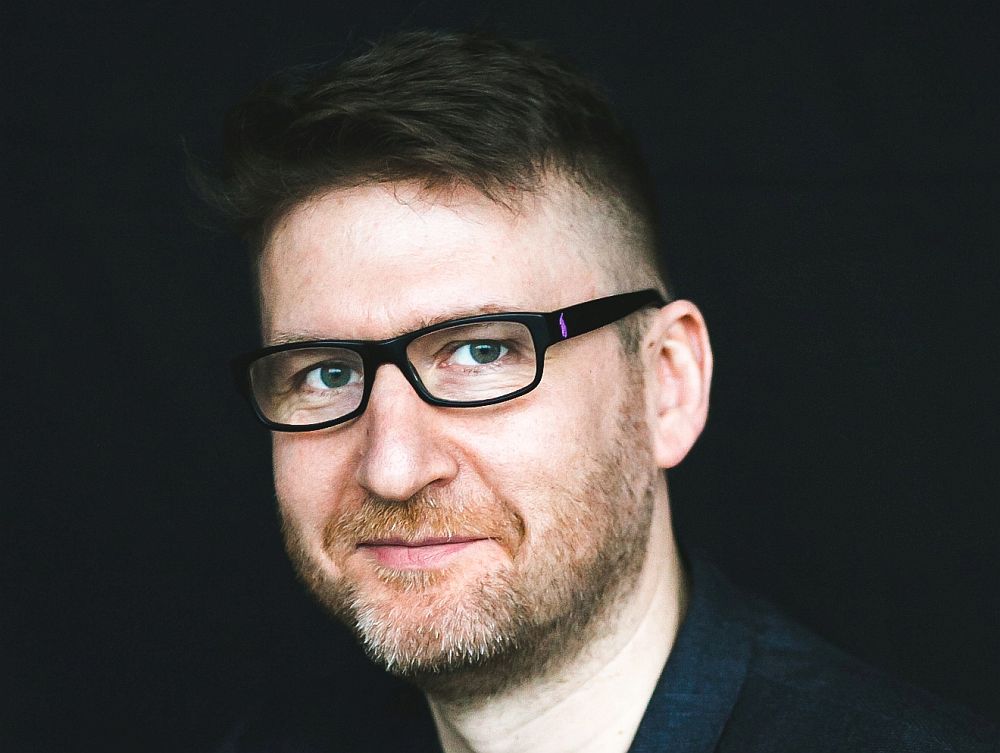
72. Oana Bogdan: I’m More of an Architect Now Than I Was Before
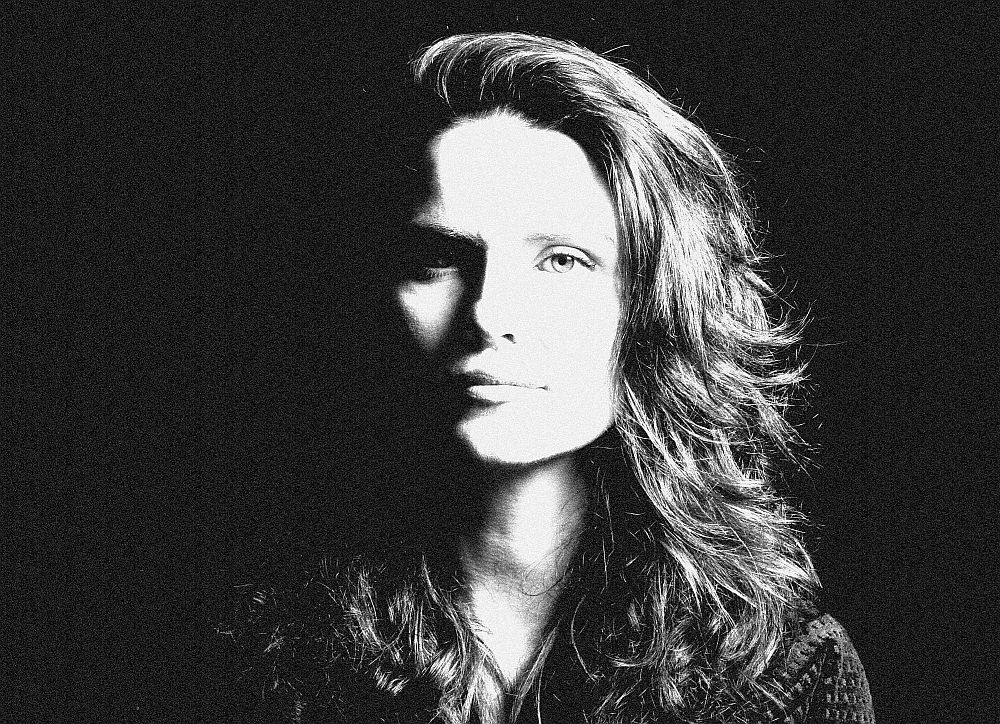
76. Gellu Naum’s Comana House
Text: Mihai Duțescu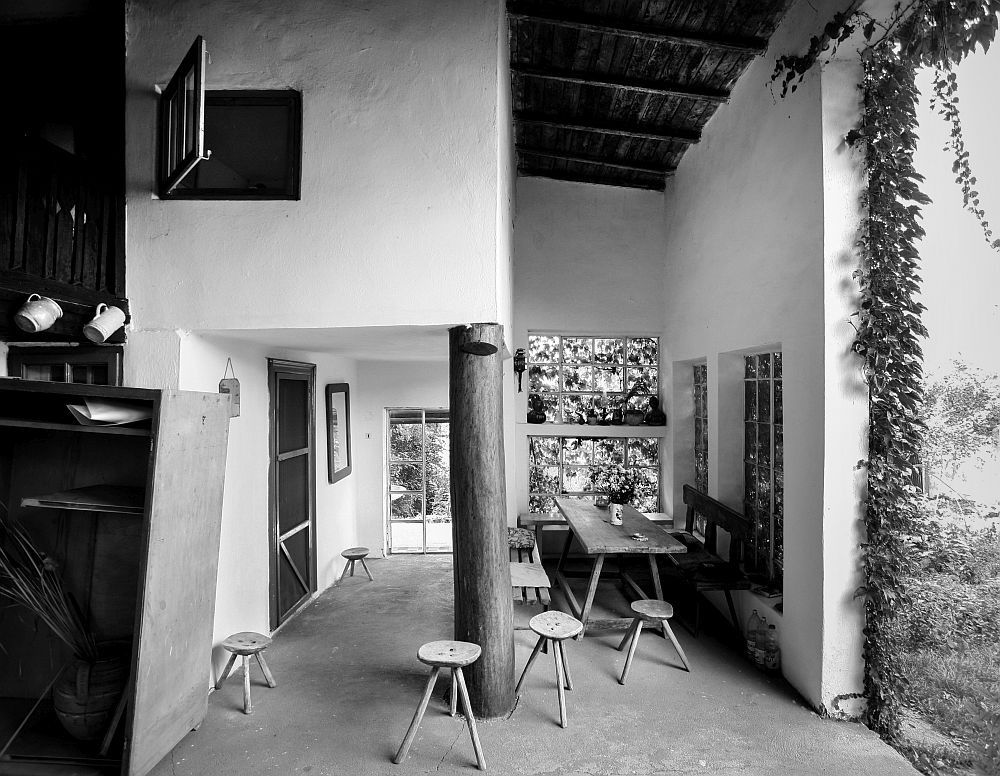
84. Vienna 1928—Wittgenstein House
Architecture as Reflection
Text: Horia Marinescu
94. The Other Architect—an Archive of the Natural
Homage to my grandfather, Antonie Beșliu
Text: Alexandru Cristian Beșliu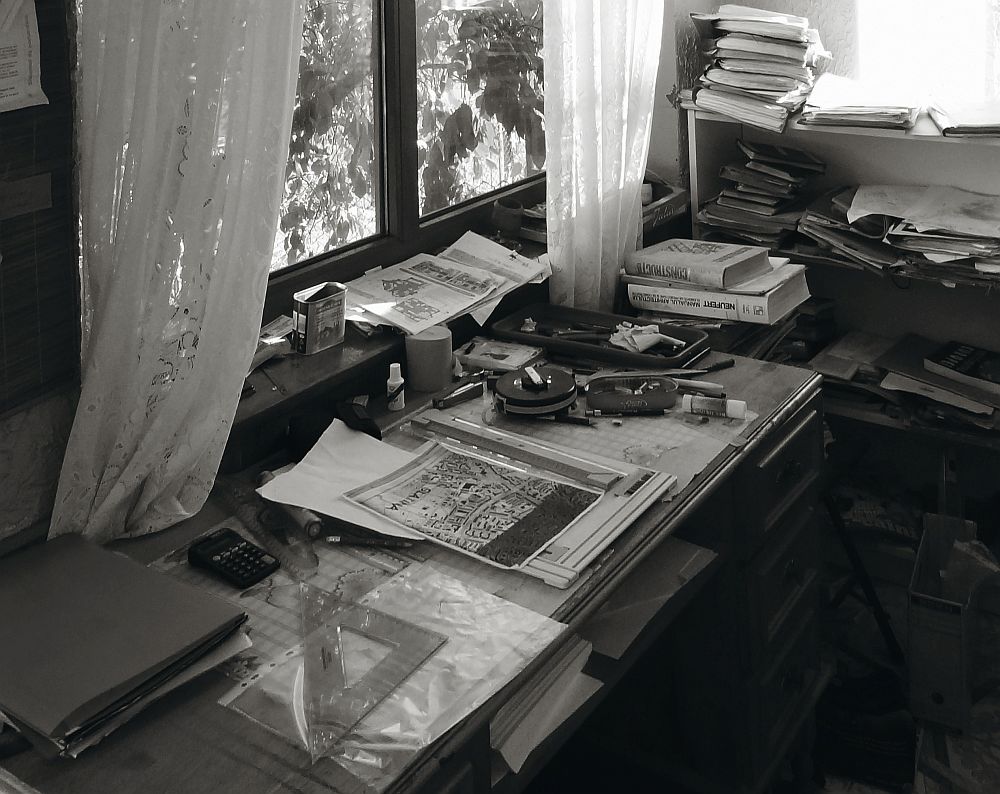
98. ZOOM
100. Two Gardens, One Artist, One Studio
Text: DAAA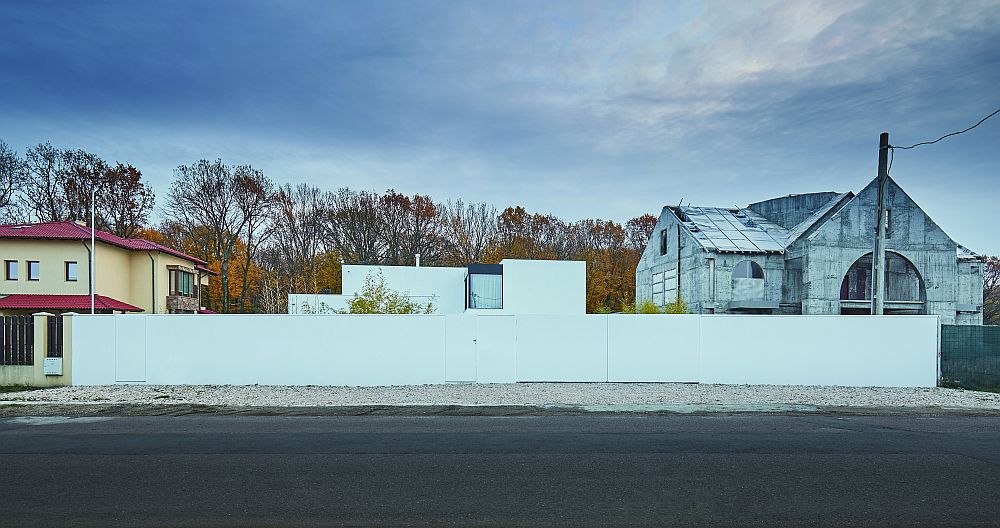
108. Junya Ishigami
An exhibition and a pavilion
Text: Corina Laza, Junya Ishigami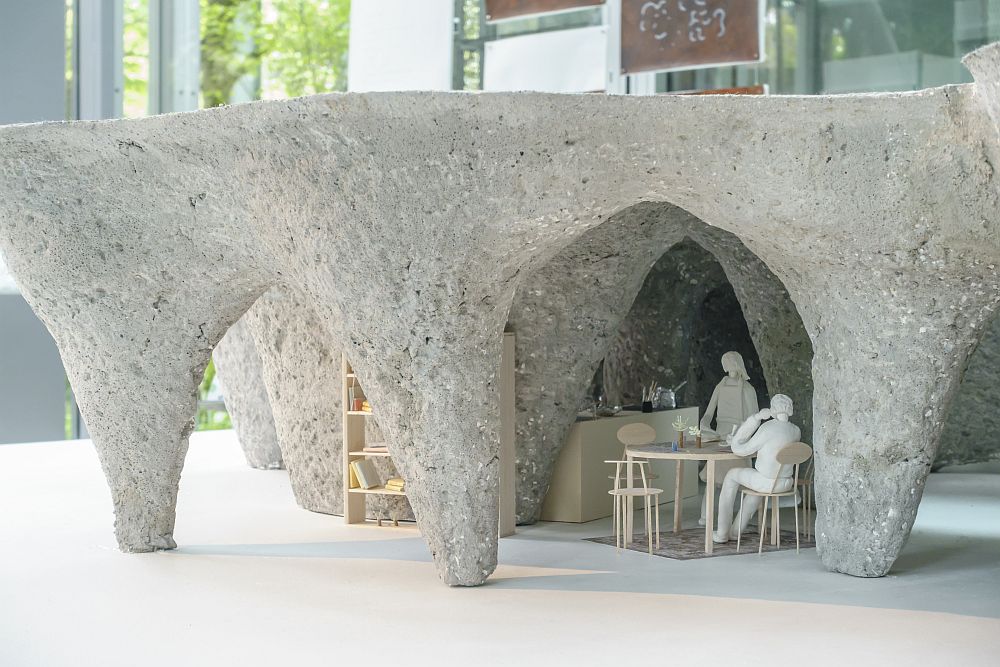
138. Firemen Museum, Fire Prevention Center BCN
Renovation of the Old Poble Sec Fire Station
Text: José Miguel Roldán, Merce Berengué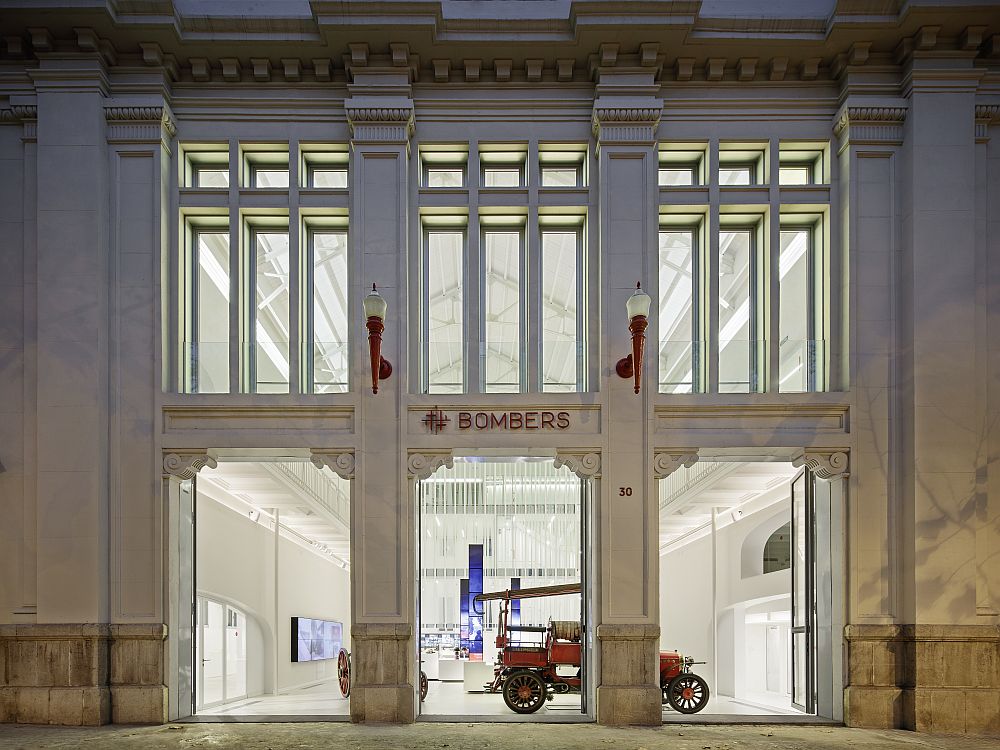
152. Glory and Humility
Restauration of the Craiova Branch Headquarters of the National Bank of Romania
Text: Ștefan Ghenciulescu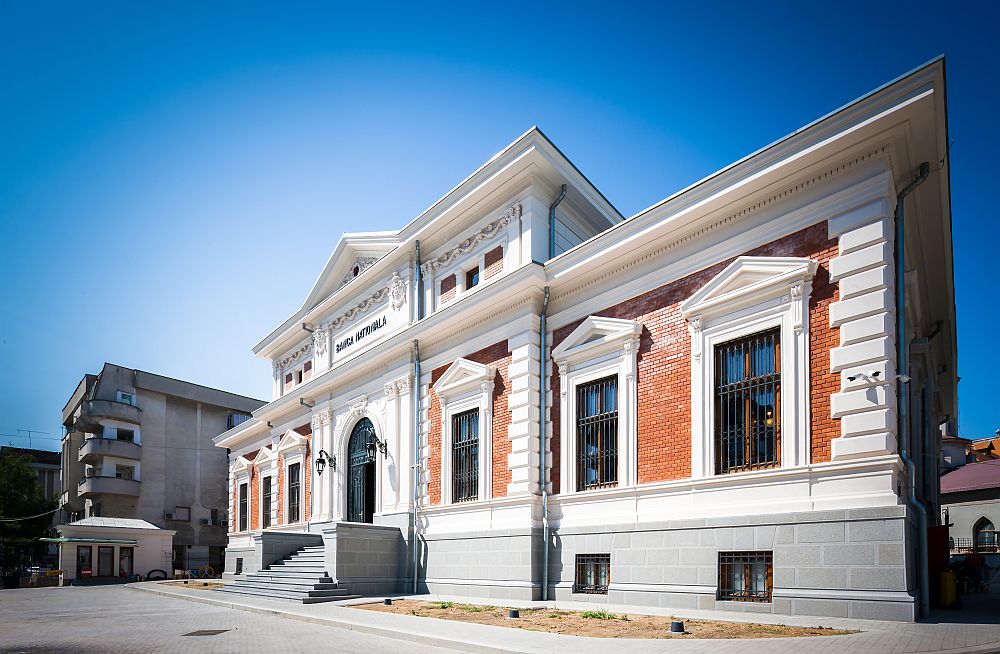
160. Bolșoi, Garage, Moscova
Text: Constantin Goagea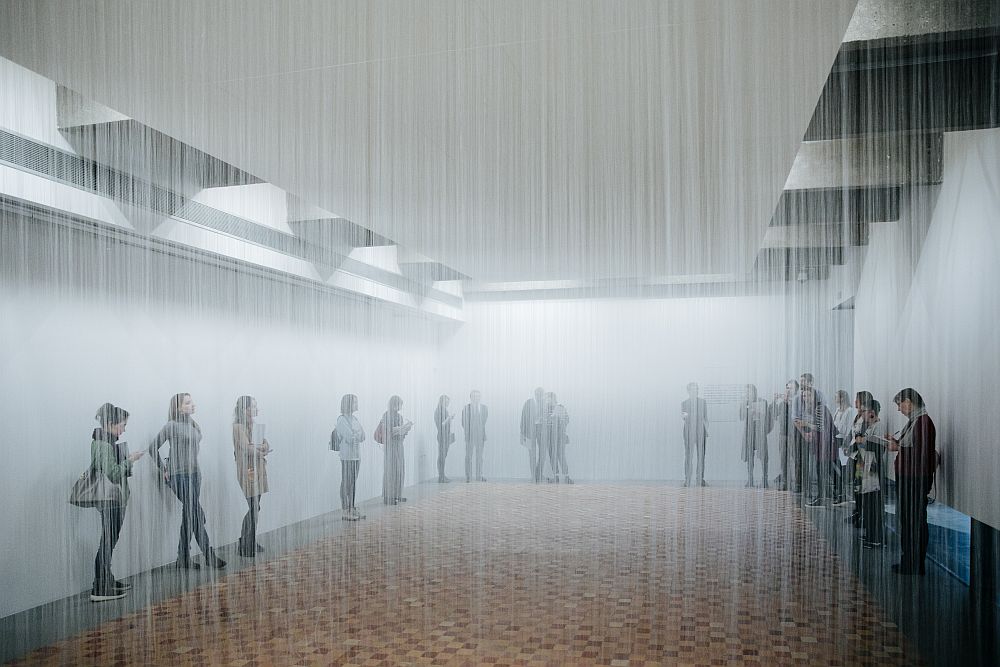
166. Layers Instead of Boxes and Objects
Apartament AP_10MS, București
Text: Ștefan Păvăluță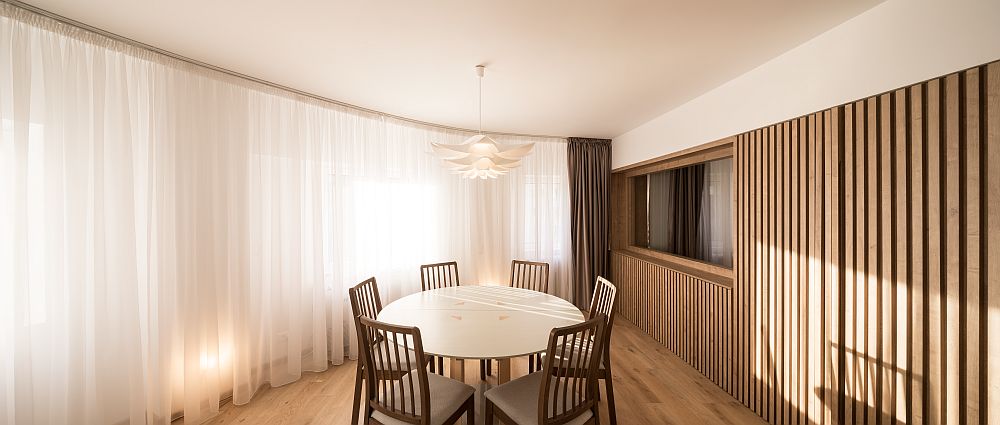
174. Courtyard Under a Tree
Loft transformation in a listed building, London
Text: Anca Mihalache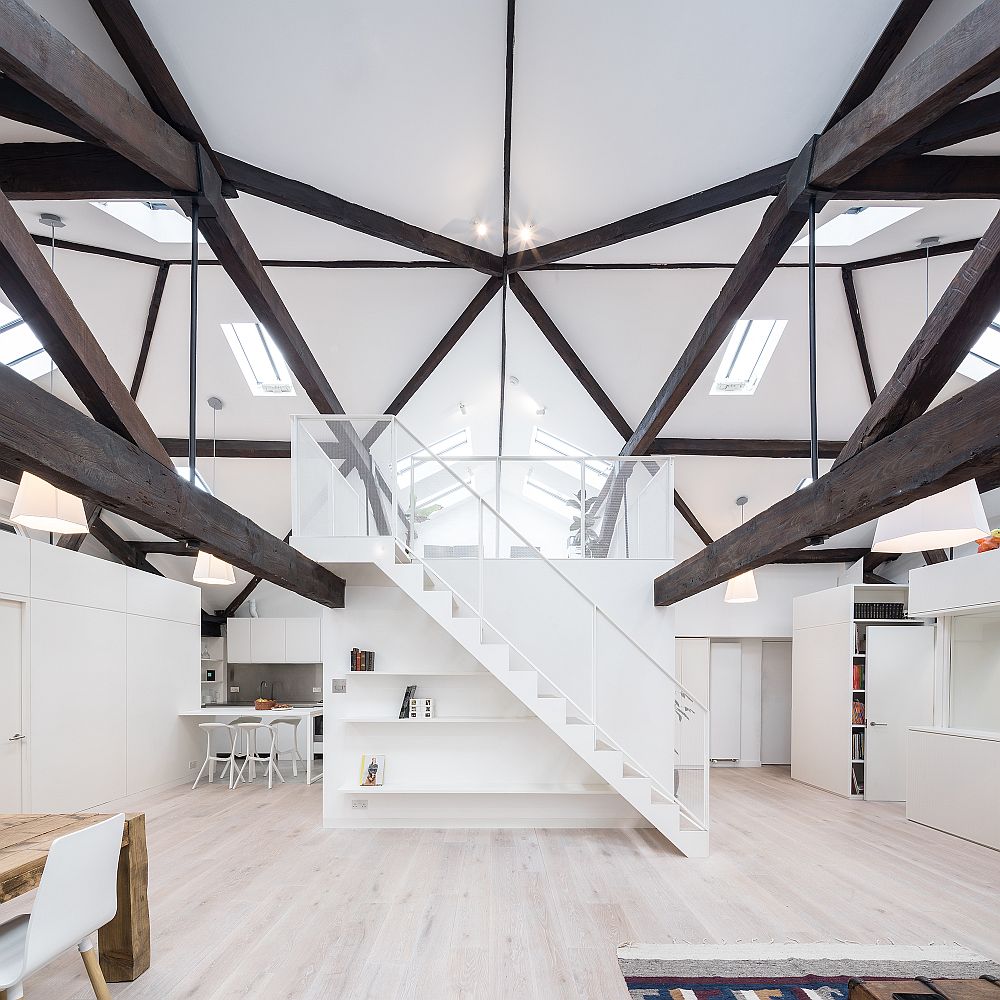
182. 2 BM
Text: Justin Baroncea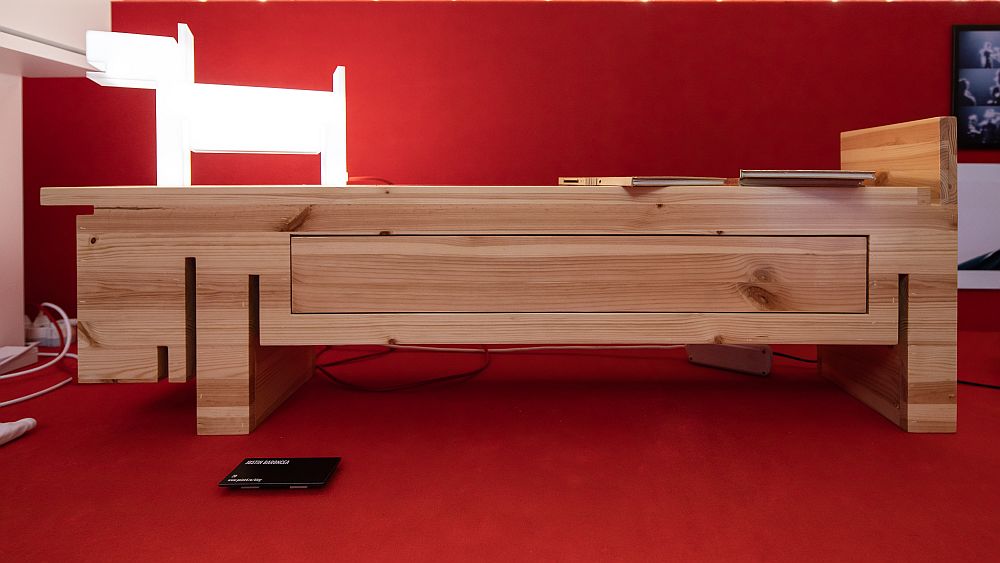
190. From Model‑House to the Ideal Villa
The winning project of the „Imagine Dumbrava Vlăsiei” competition
Text: Cosmin Georgescu, Alexandru Cristian Beșliu, Laura Cristea, Cosmin O. Gălățianu, Horia Munteanu194 – 224. PLAN
A collection of plans- Recommend on FacebookTweet about it
Zeppelin update
We worked on our bookazine formula. It’s even more of a book than before, yet still connected, fresh and rich, as a magazine should be.
The format is just a bit smaller, just to better fit in a casual bag, be lighter and also easier to read in bed or at your desk, even if it will have more pages now, 224!The dossier rules: it takes about two thirds of the issue and aims to become a reference for the chosen subject.
There are even more large photos and almost only original texts, a lot of research and analysis, but also poetry and quite different viewpoints.
Orientation will be easier as well as choosing how deep you want to go in any material. That’s mainly because we moved all technical drawings—plans and details—in a separate section. But cross‑references between this drawing part and the main article are highly visible. Articles thus become more accessible, without losing their depth and professional elements.
Starting from now, an even more serious and merry publication. And one with the things that remain.
…
8. Edito: Starts by 2 bits per second at 1800, but ends by a hologram featuring 3 strange buildings
TEXT: Constantin Goagea10. DOSSIER: Modern?
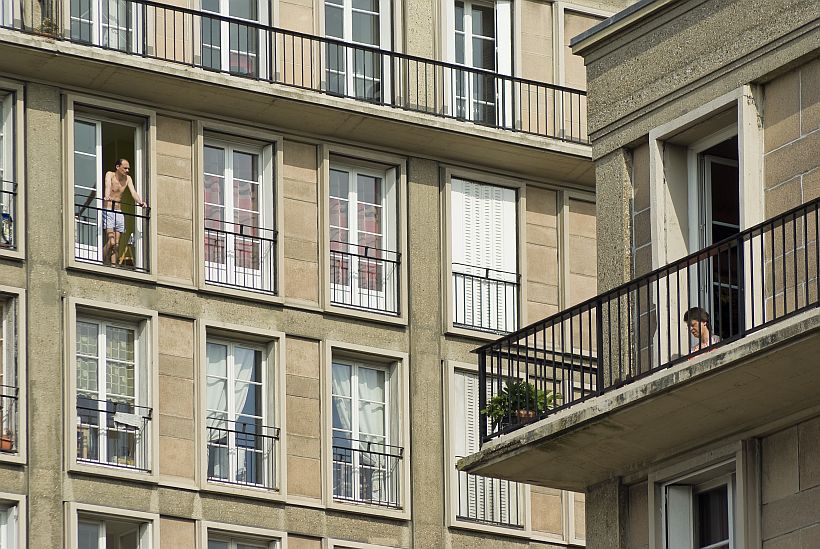
14. Intro
On Continuity
TEXT: Ştefan Ghenciulescu26. Intro Uwe Schröder
TEXT: Cosmin O. Gălăţianu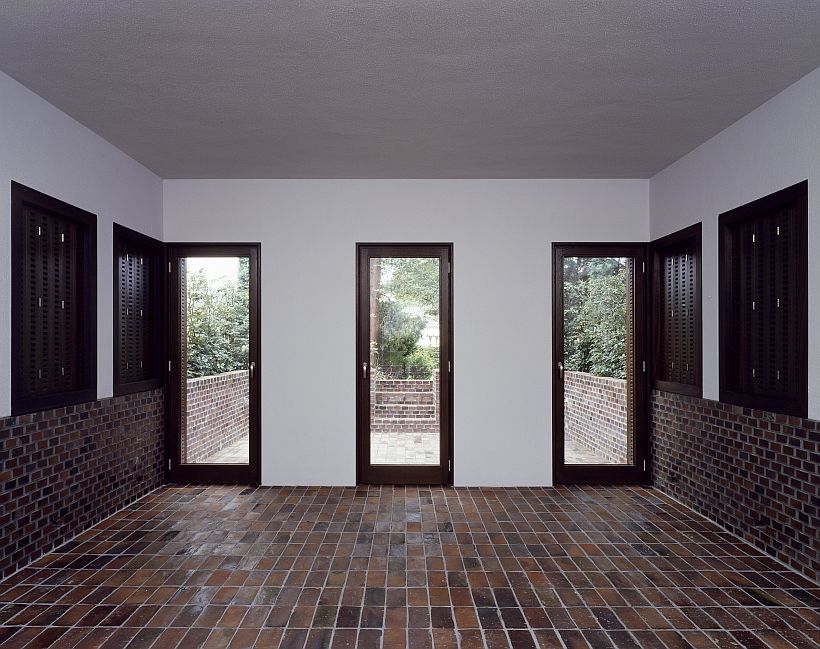
28. Galerie und Atelierhaus, Bonn
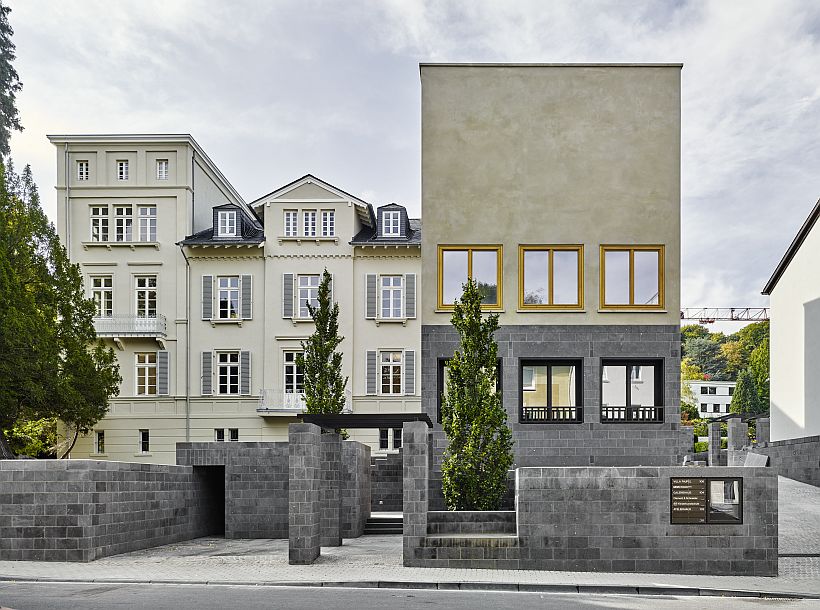
36. Haus Hundertacht, Bonn
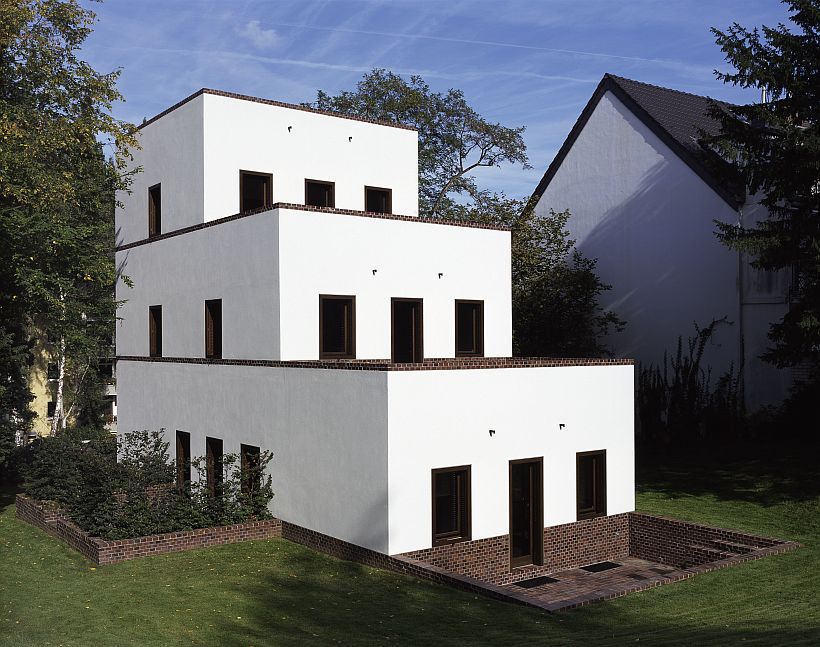
44. Prager Höfe, Bonn
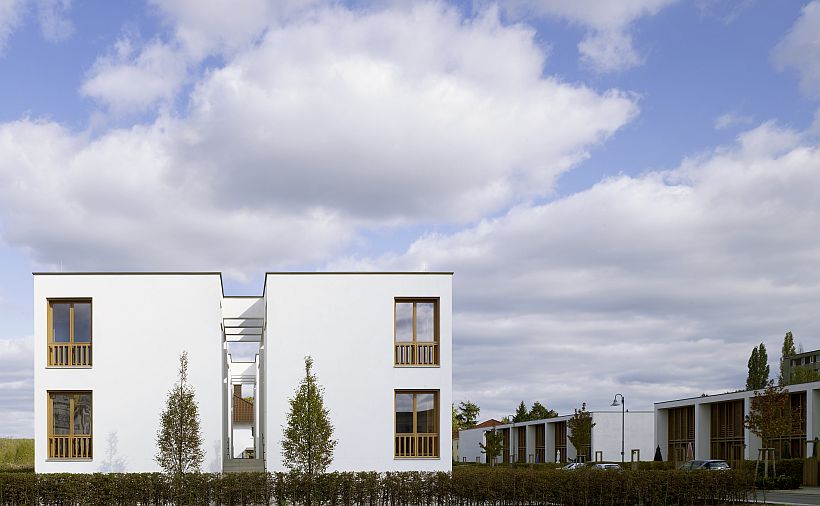
52. Intro Tony Fretton
TEXT: Alexandru Cristian Beşliu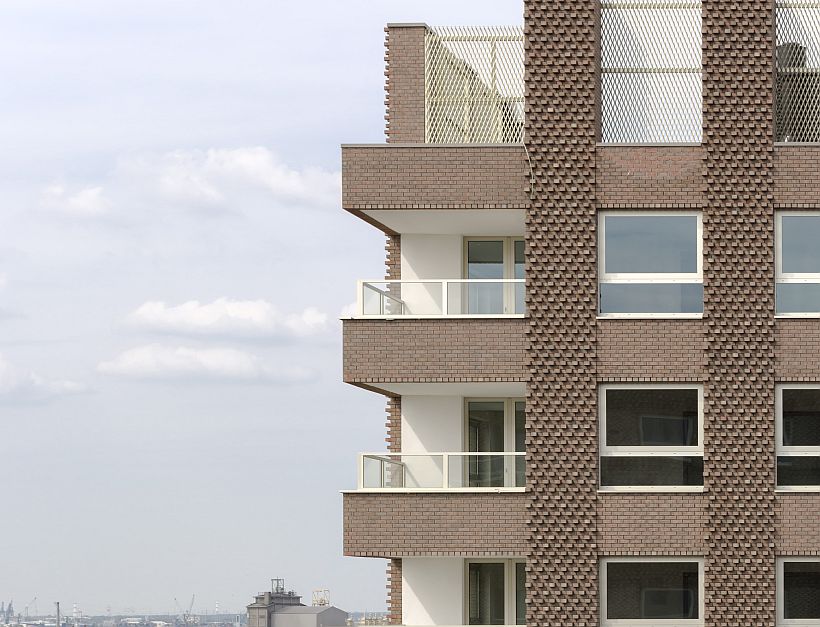
54. Reconciliation: Commercial and Housing Complex, Tietgens Grund, Frederiksstaden, Copenhaga
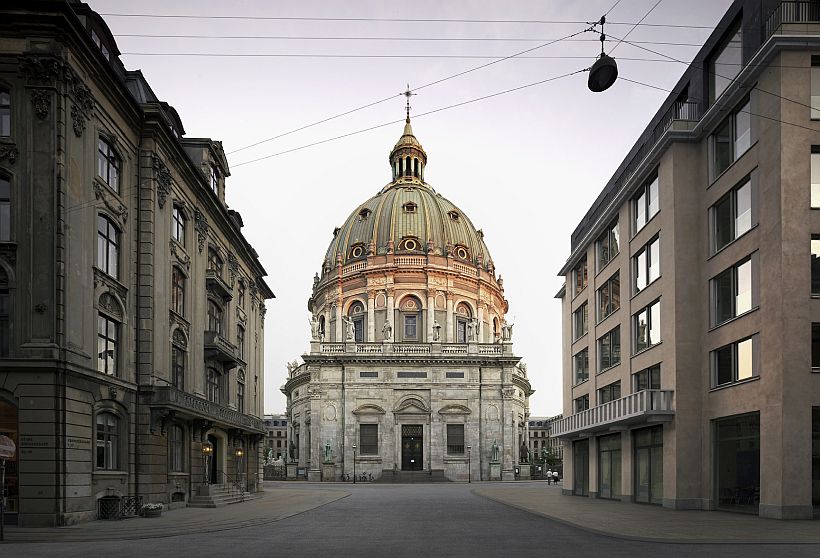
64. Westkaai Towers 5 & 6
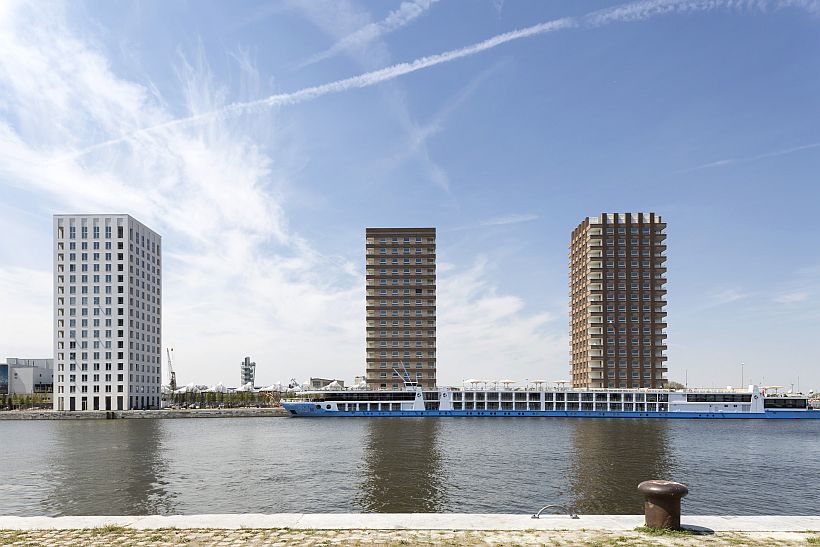
70. Paolo Zermani. Intro: „Cio che dura poco non e architettura.”
TEXT: Alexandru Cristian Beşliu72. The Cemetery of Sansepolcro
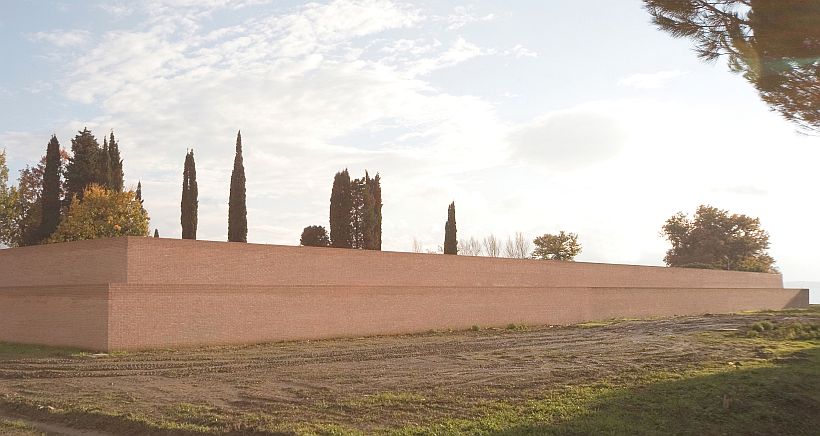
80. Putting Things in Place.
Interventions in Sacred Spaces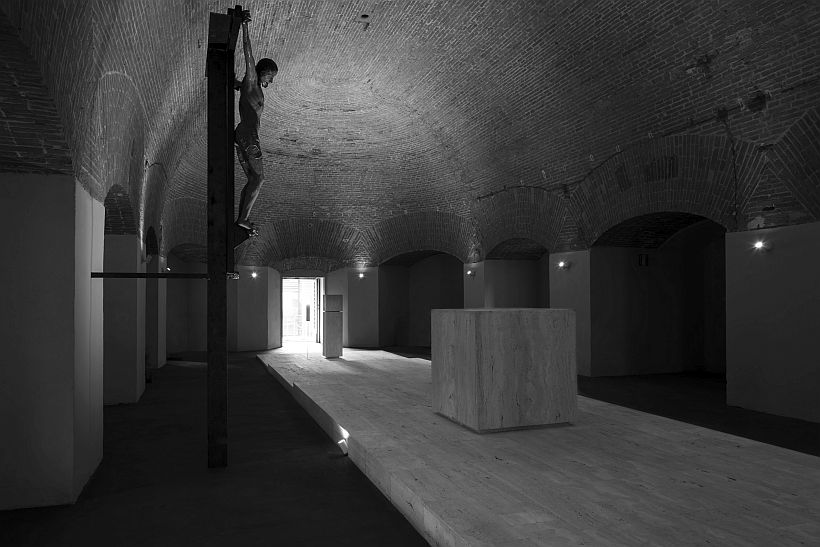
90. The Temple‑Crematorium
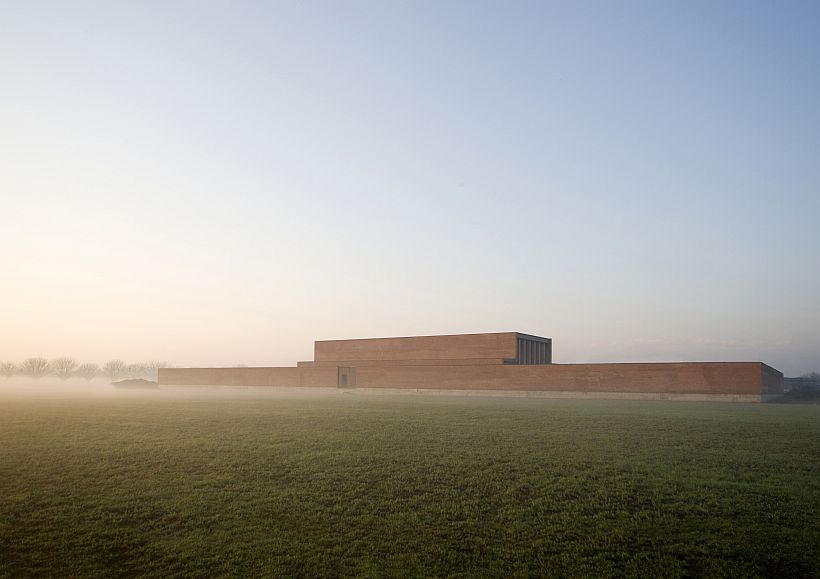
98. The Restoration and Reconstruction of the Novara Castle
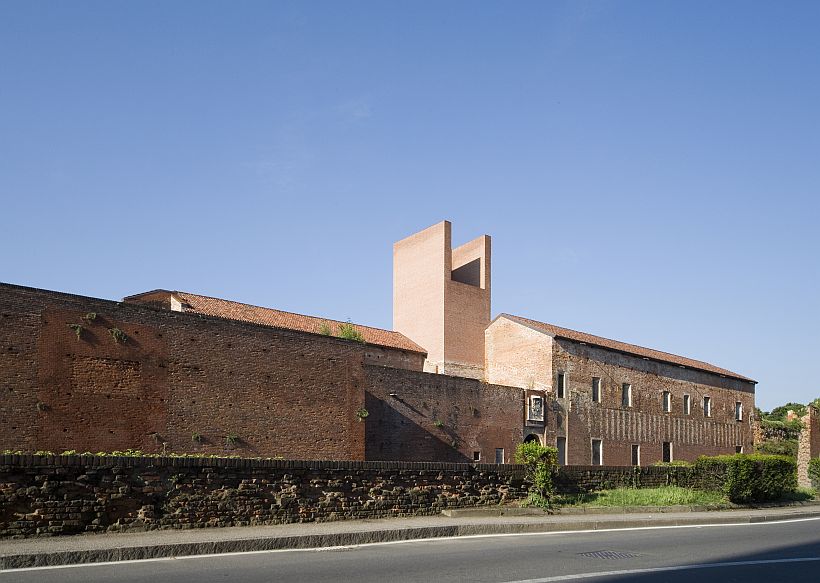
106. Intro Sergison Bates
TEXT: Cosmin O. Gălăţianu108. Social housing and crèche, Geneva, Switzerland
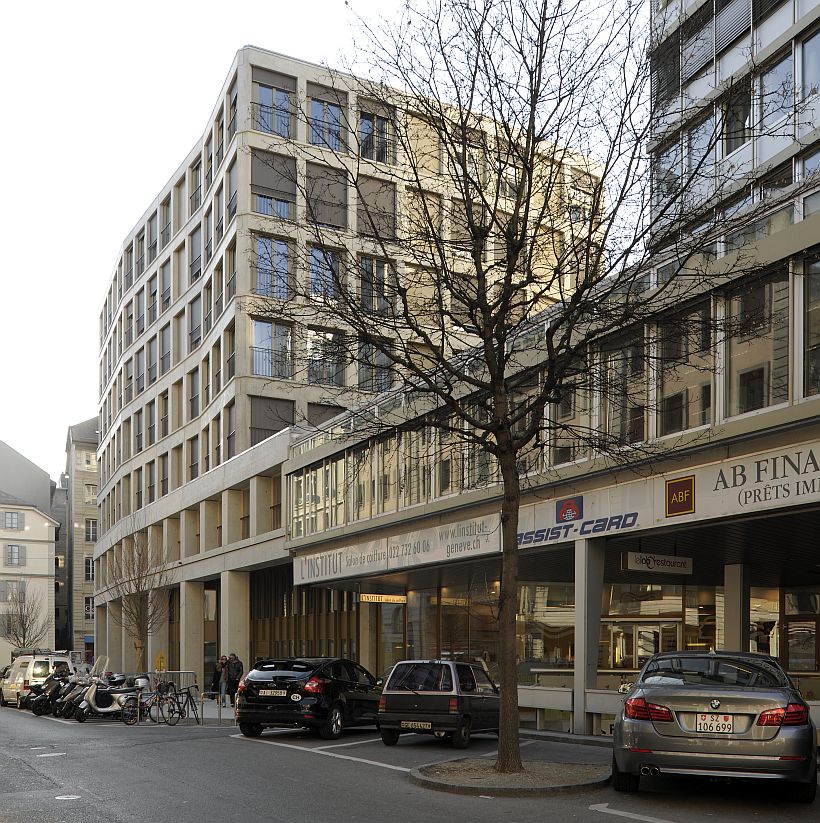
116. Care Home
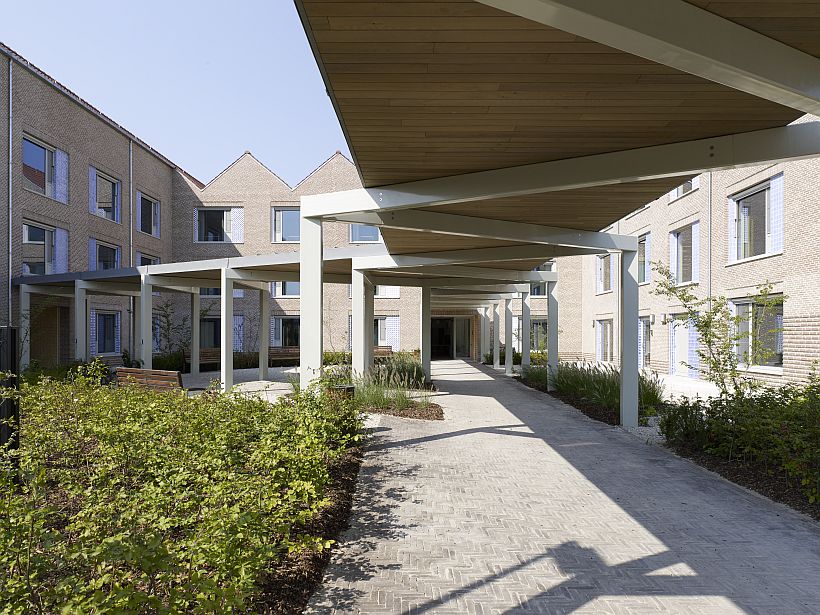
126. Garden Building
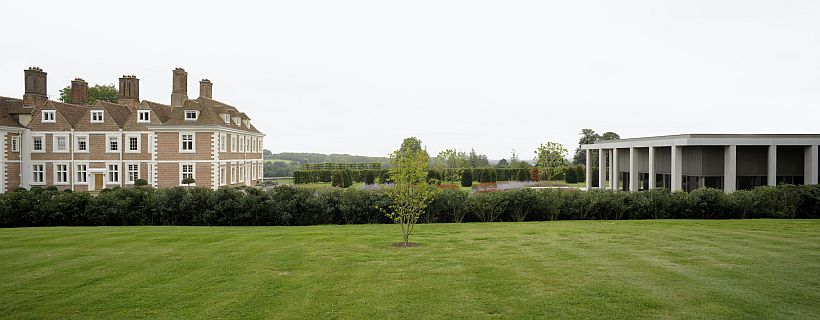
132. Visualising Evolution
Ştefan Davidovici
142. A New Form of Beauty
Or about enlightened conservatism
TEXT: Ştefan Ghenciulescu143. To Washington
TEXT: GM Cantacuzino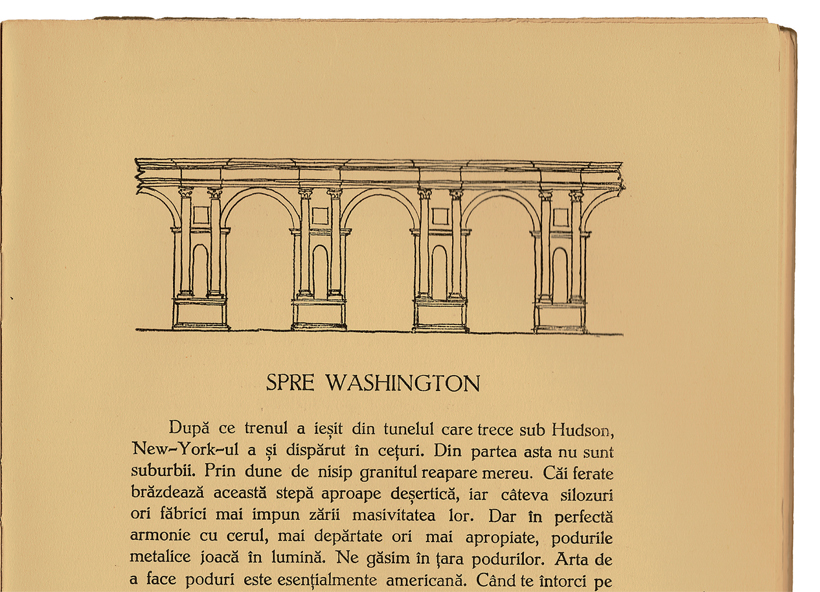
152. Extension of the “Partium” ChristianUniversity of Oradea
Atelier FKM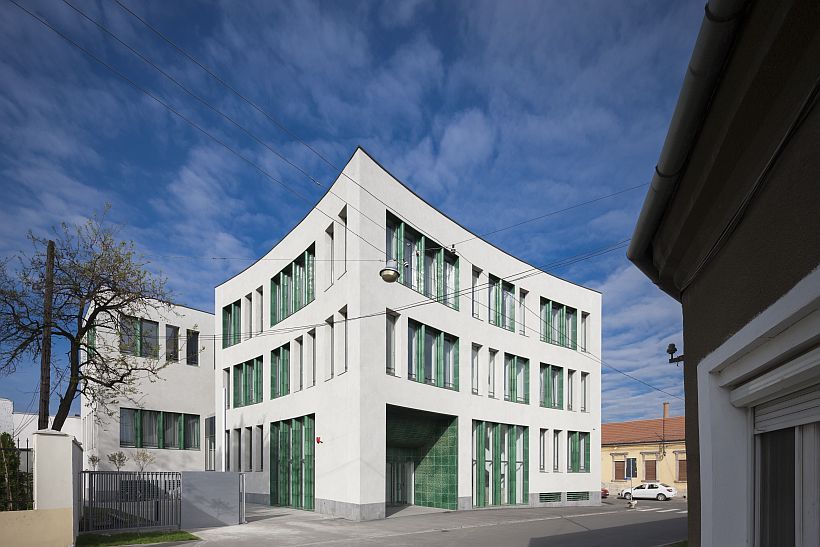
164. ZOOM
166. A Moment’s Joy
Holiday Housing, Moltenia
Anca Mihaela Constantin, Ionuţ Constantin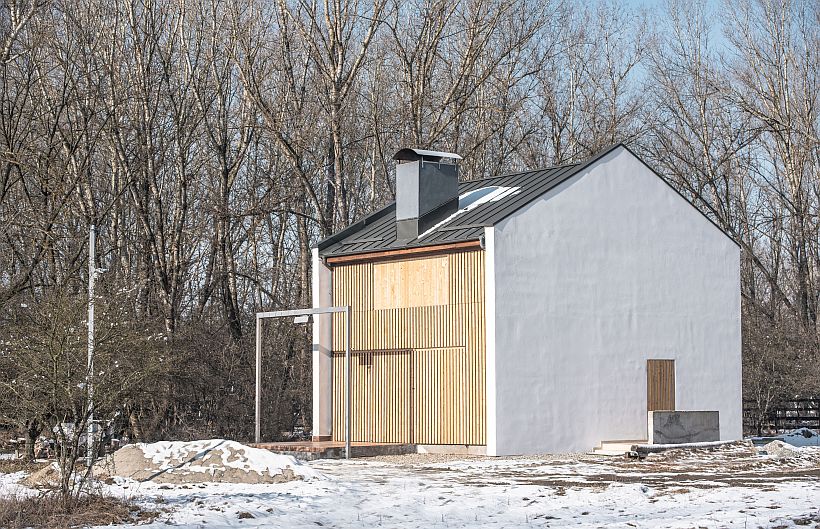
178. Collective Authorship
Private histories of public architecture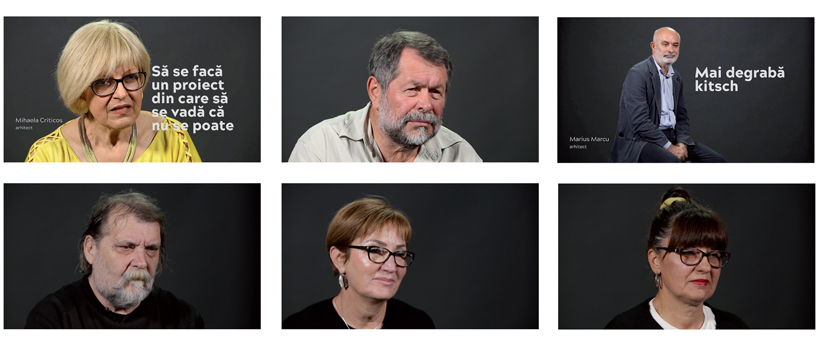
182. Meetings
An Installation within the walls of the Alba Iulia Citadel
Dorin Ştefan Adam, Elena Viziteu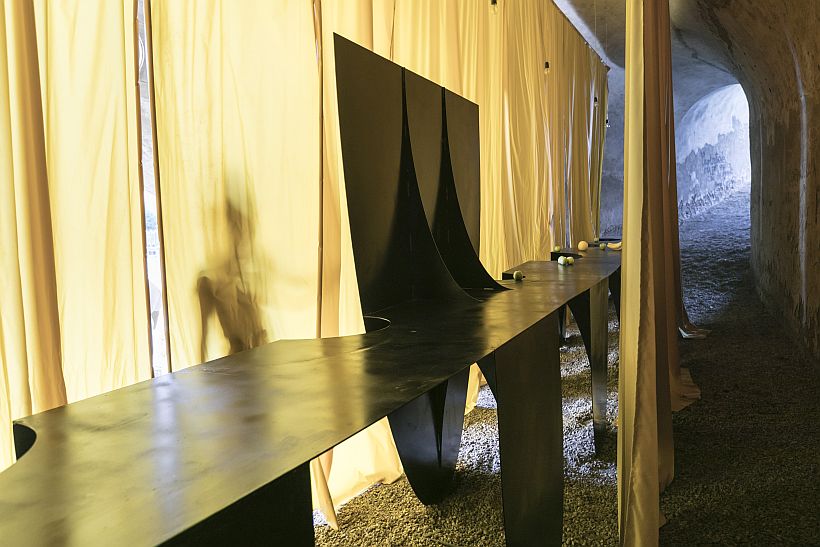
188. Ubikubi—The Latest Collection
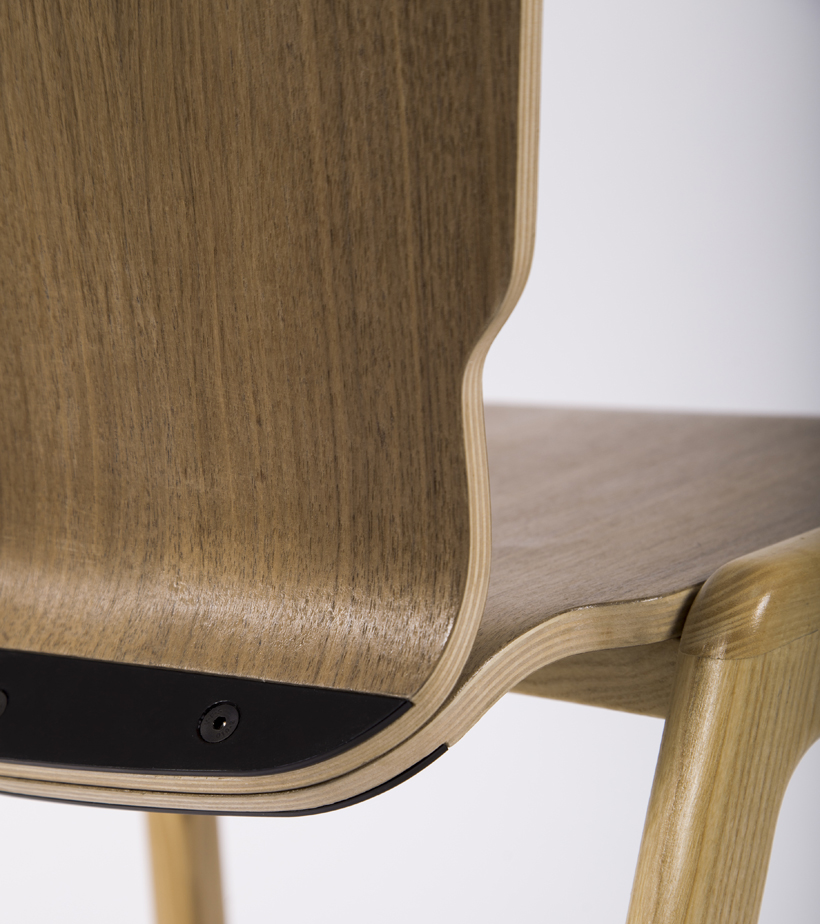
192 – 224. PLAN
A collection of plans- Recommend on FacebookTweet about it
- Recommend on FacebookTweet about it
- Recommend on FacebookTweet about it
- Recommend on FacebookThis website uses cookies to improve your experience. We'll assume you're ok with this, but you can opt-out if you wish.Accept Read MorePrivacy & Cookies Policy
Privacy Overview
This website uses cookies to improve your experience while you navigate through the website. Out of these, the cookies that are categorized as necessary are stored on your browser as they are essential for the working of basic functionalities of the website. We also use third-party cookies that help us analyze and understand how you use this website. These cookies will be stored in your browser only with your consent. You also have the option to opt-out of these cookies. But opting out of some of these cookies may affect your browsing experience.Necessary cookies are absolutely essential for the website to function properly. This category only includes cookies that ensures basic functionalities and security features of the website. These cookies do not store any personal information.Any cookies that may not be particularly necessary for the website to function and is used specifically to collect user personal data via analytics, ads, other embedded contents are termed as non-necessary cookies. It is mandatory to procure user consent prior to running these cookies on your website.

